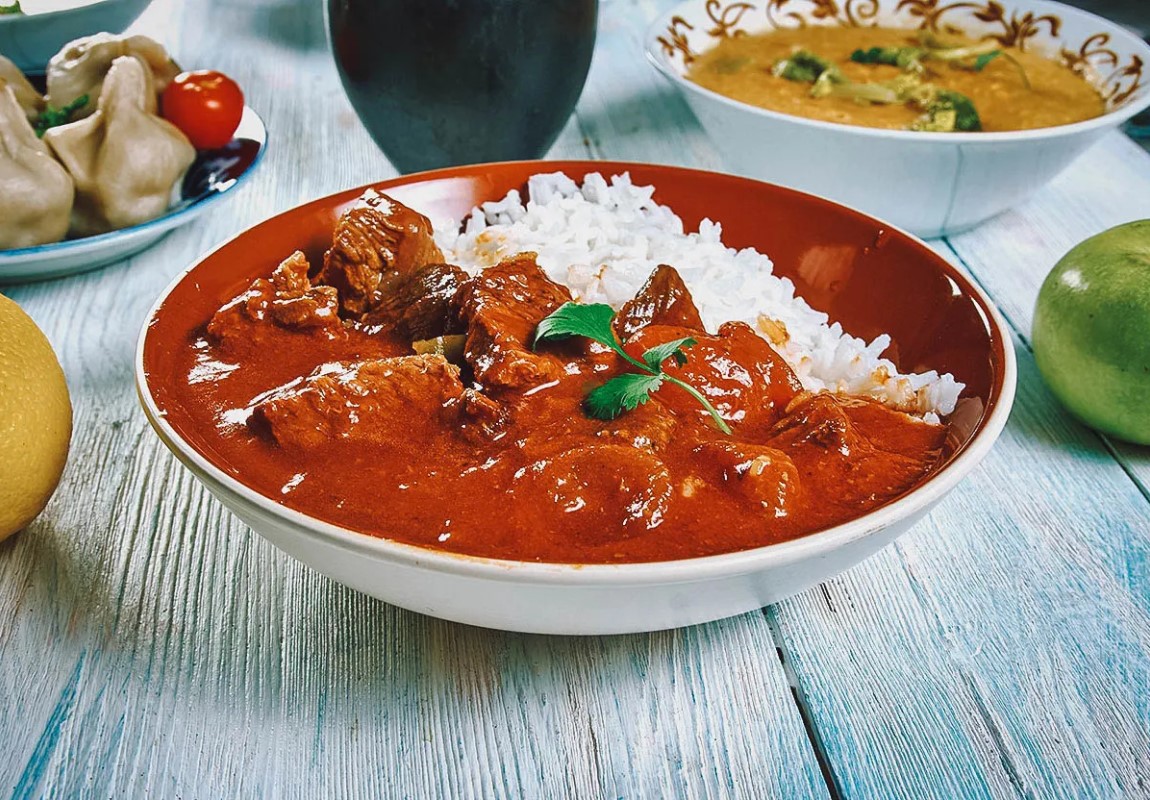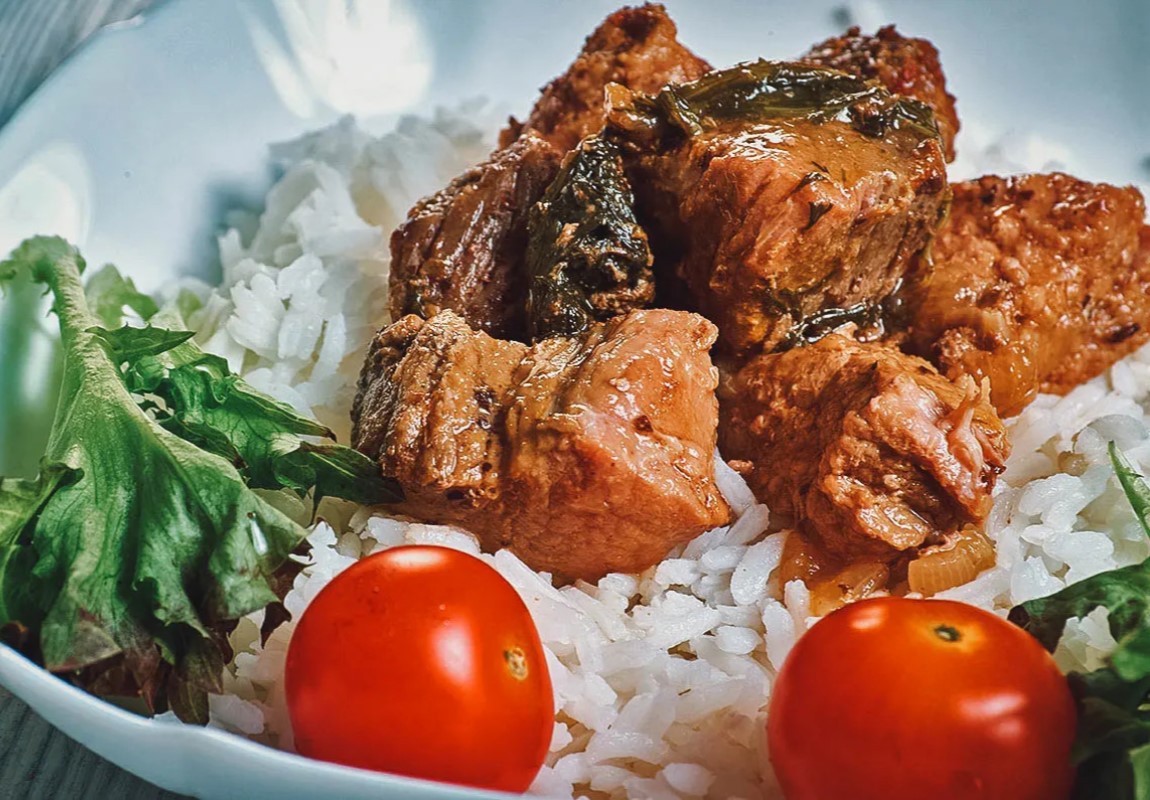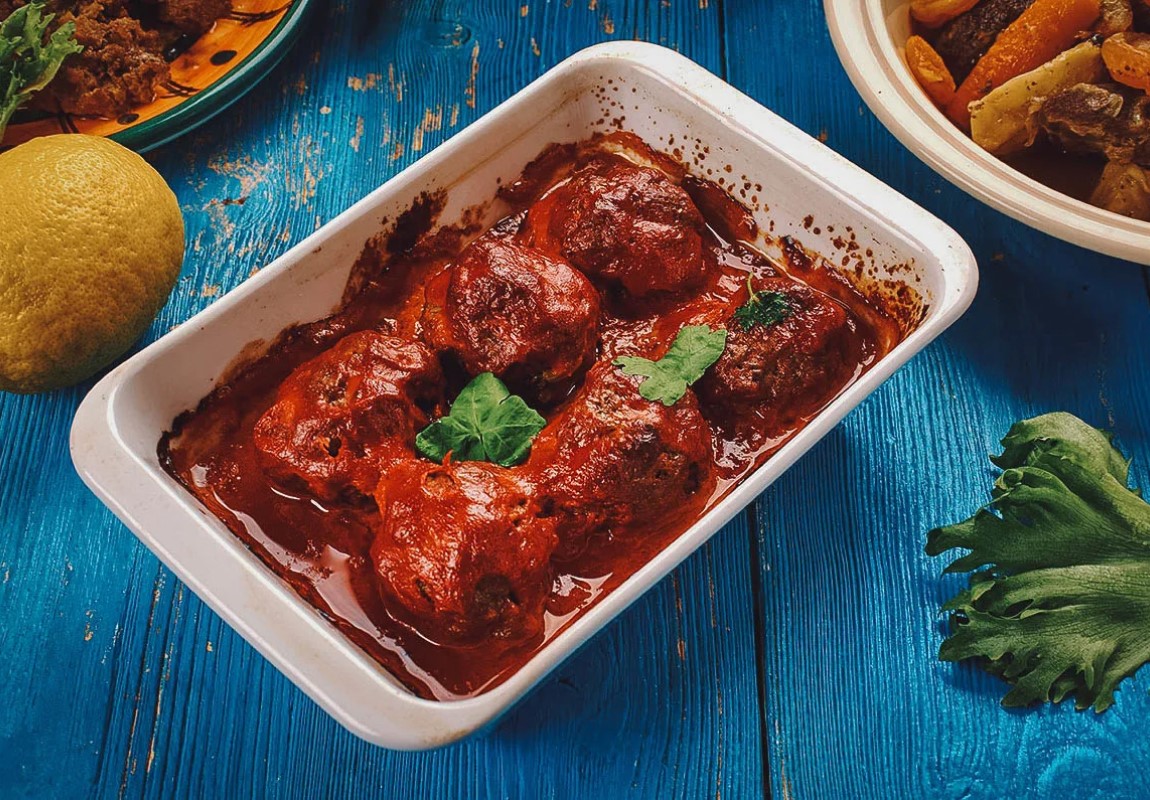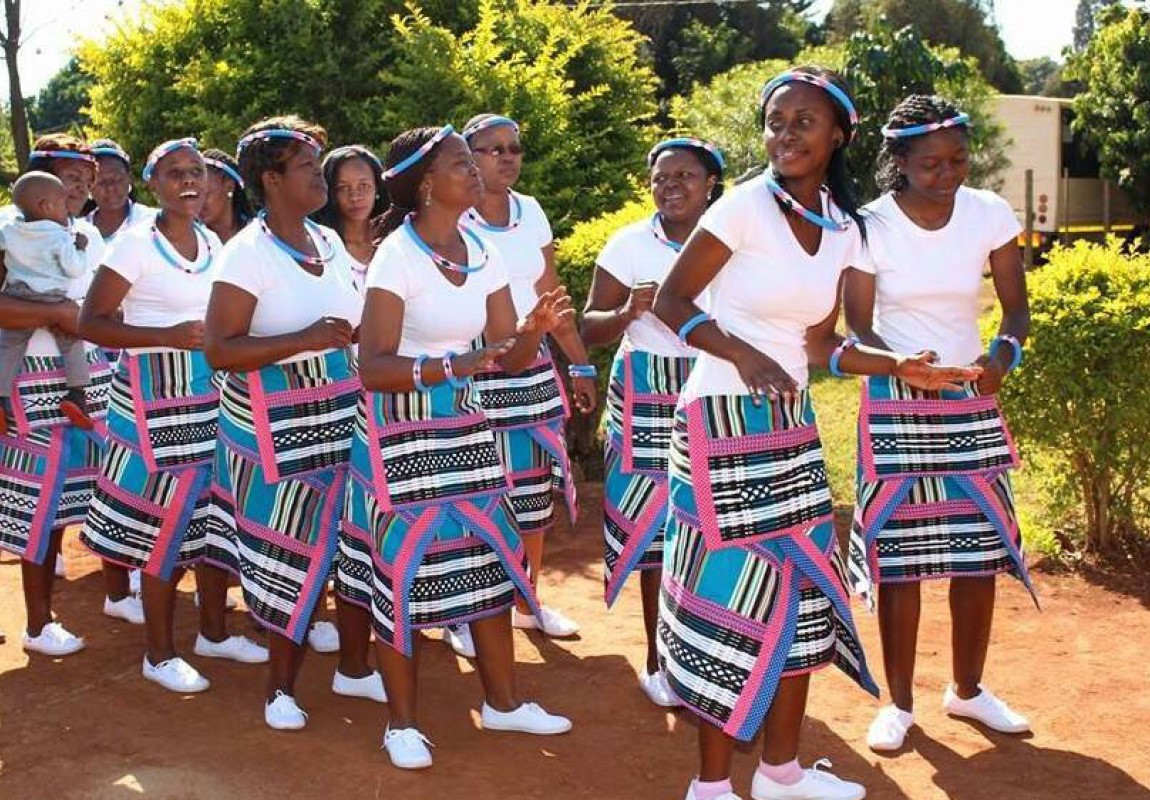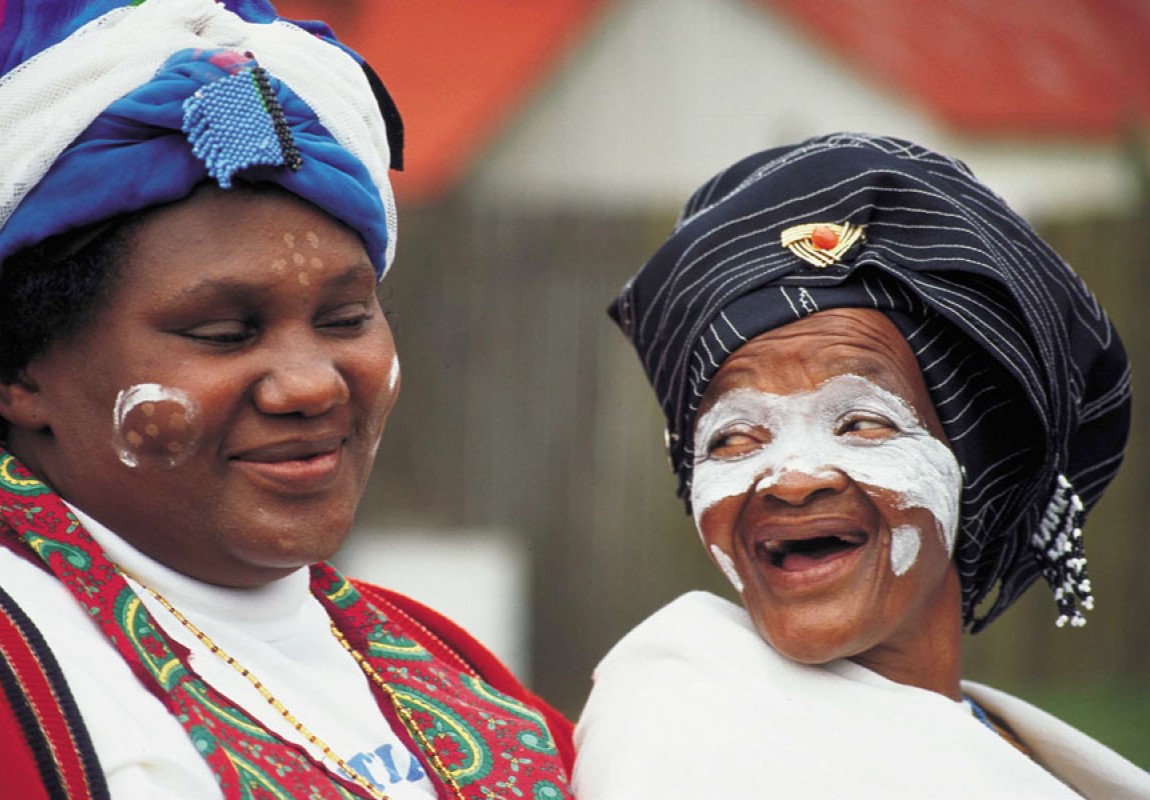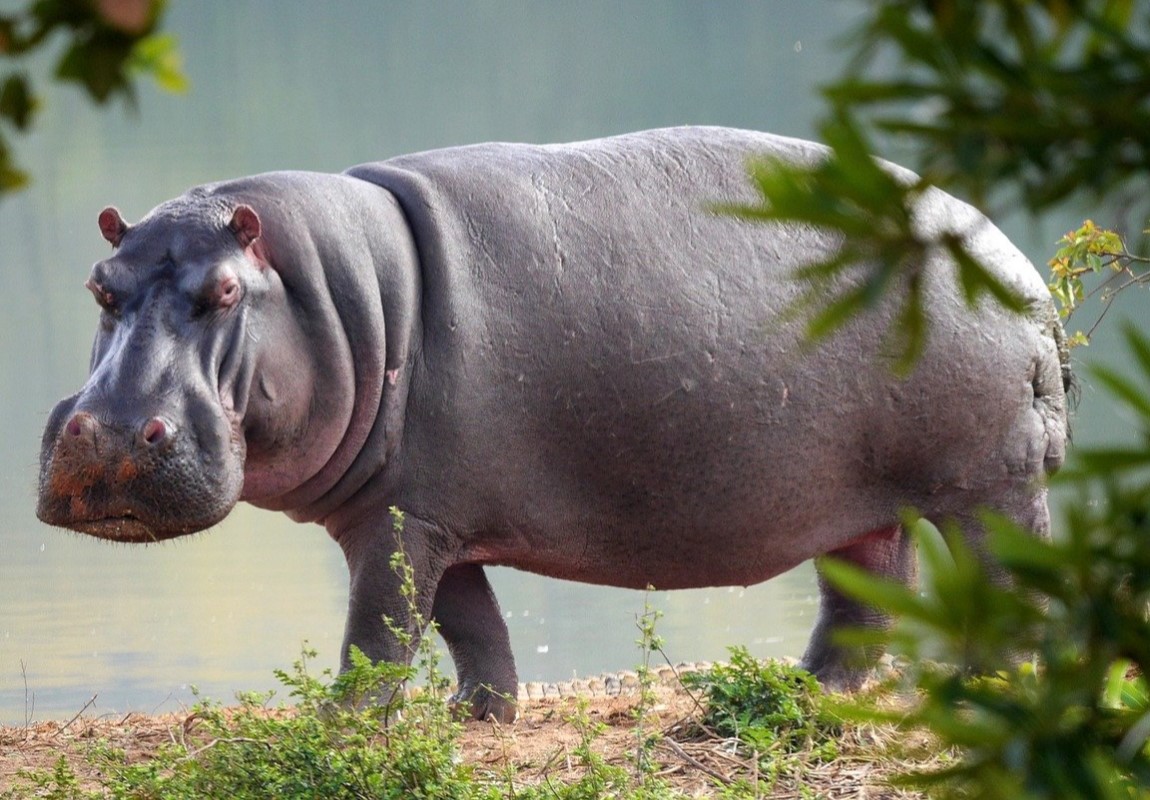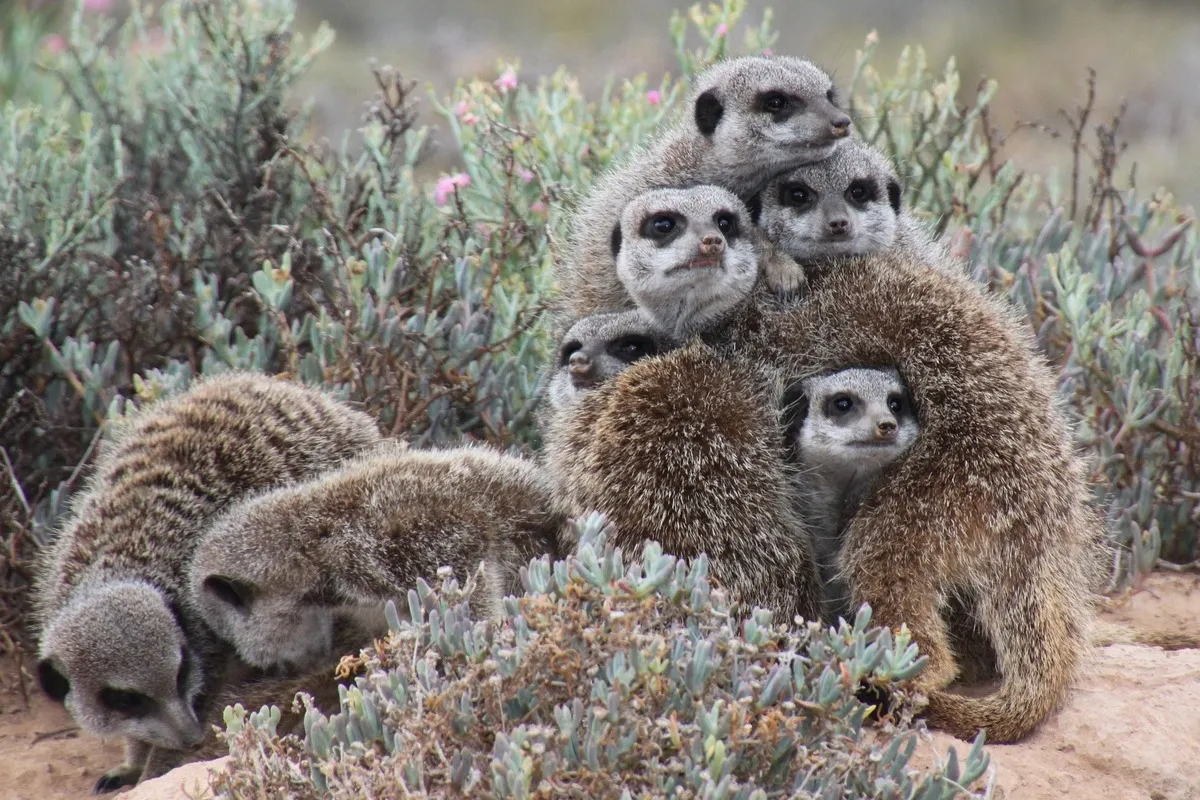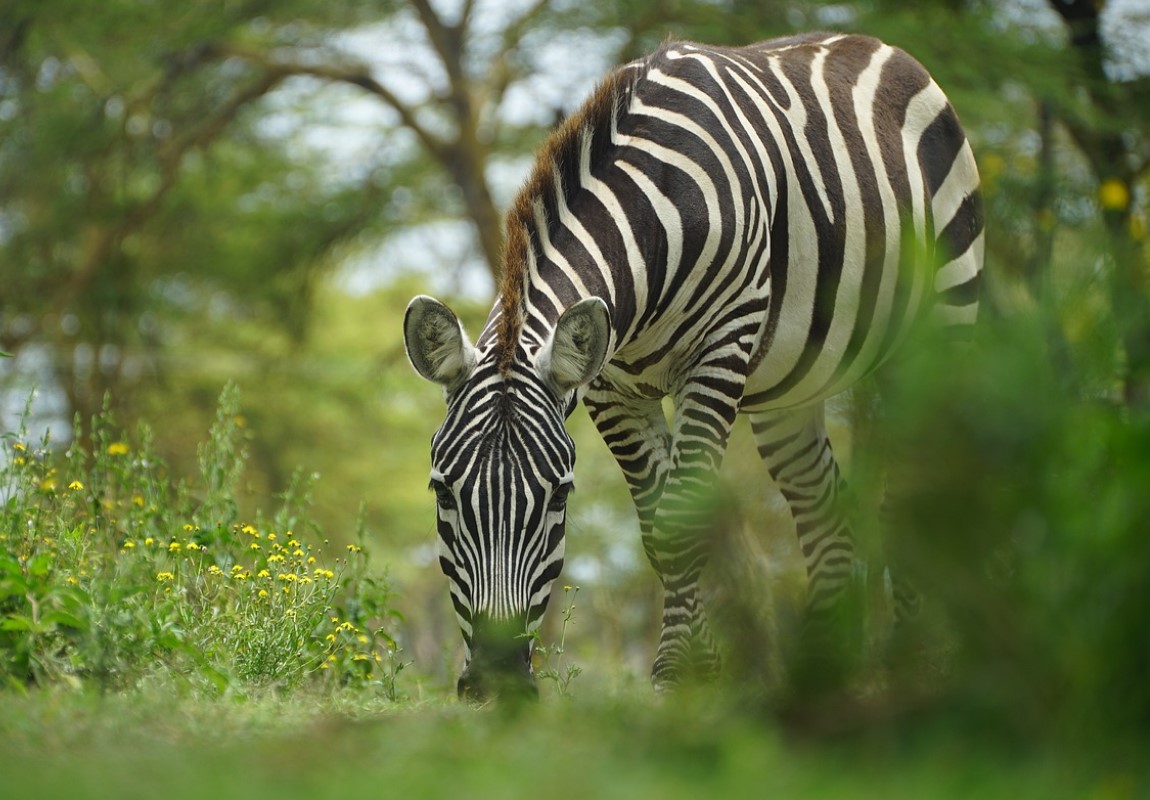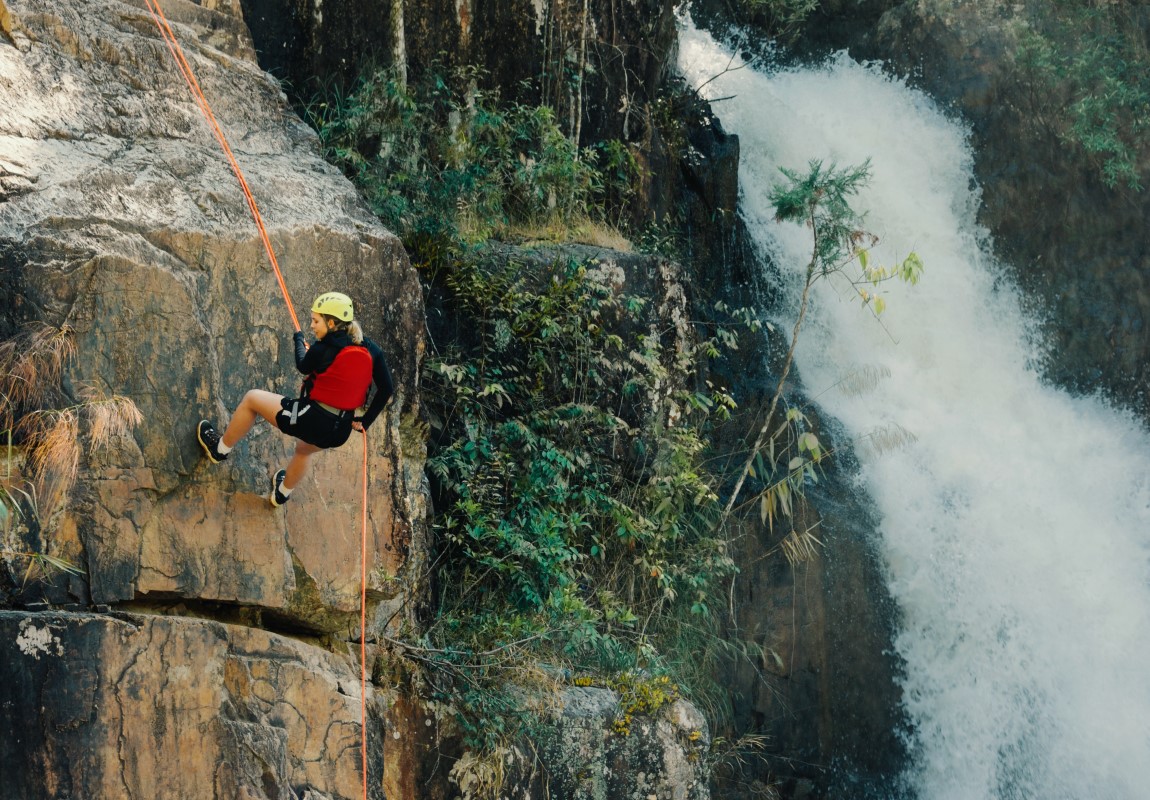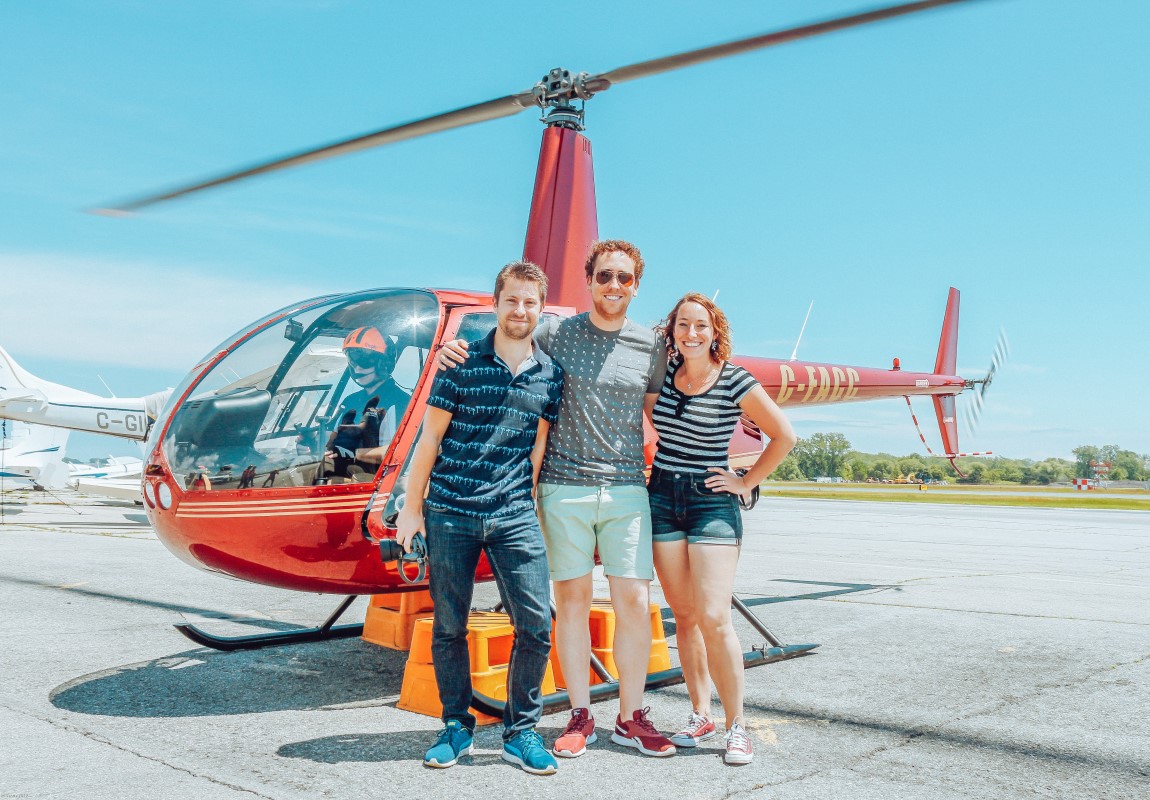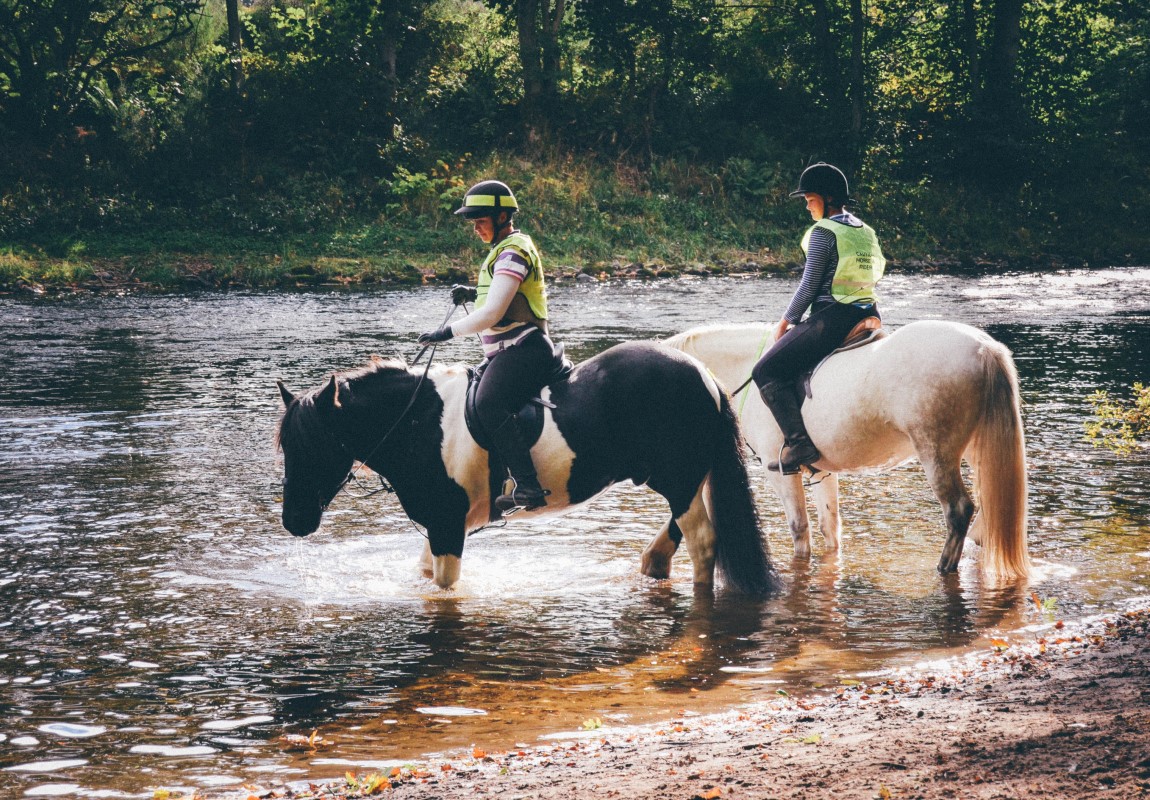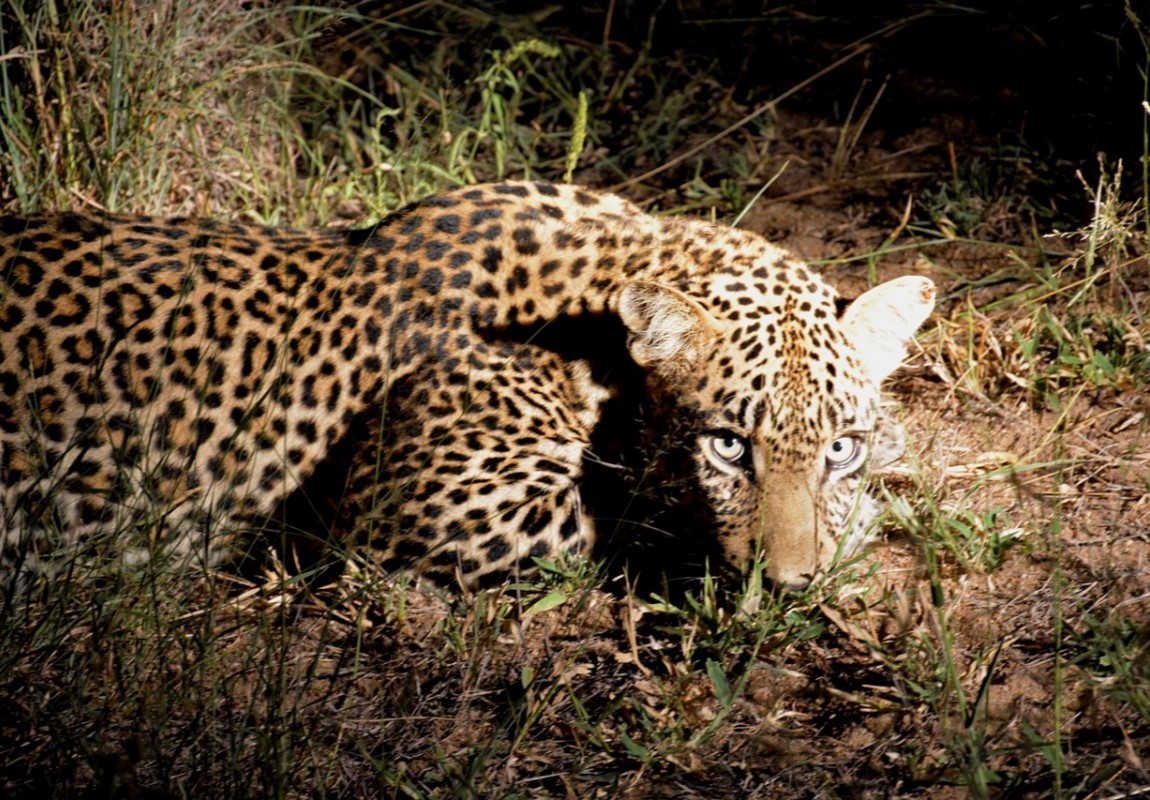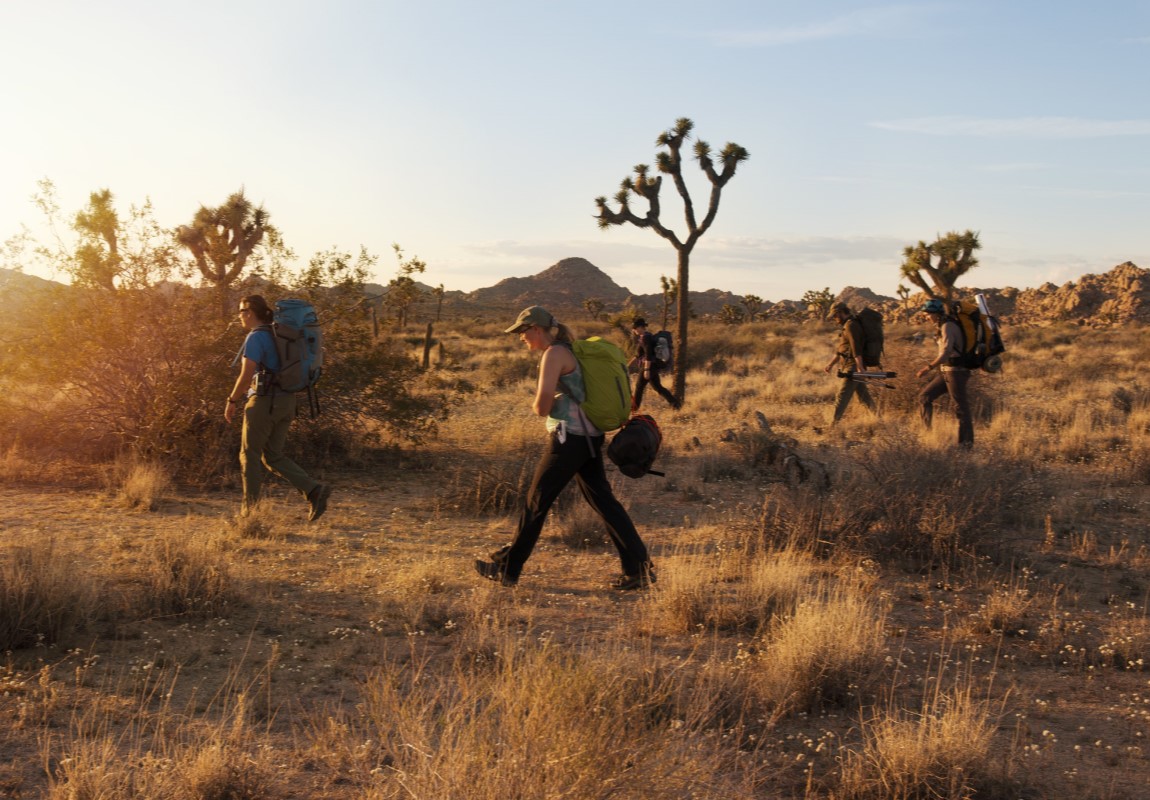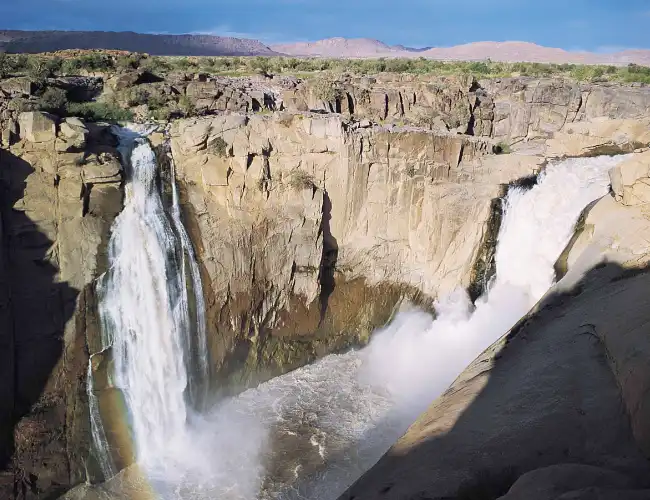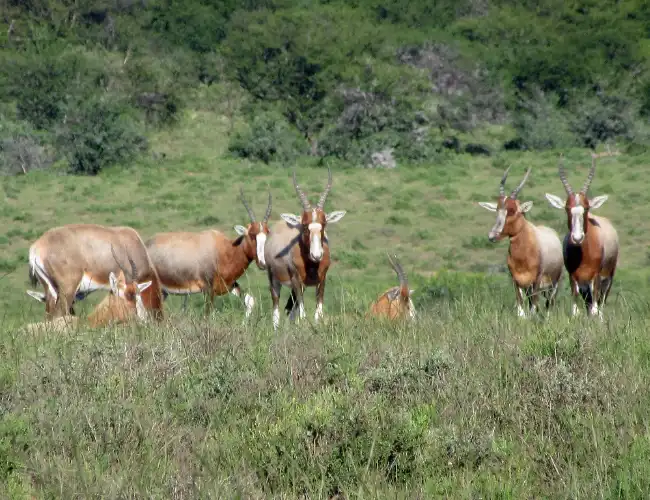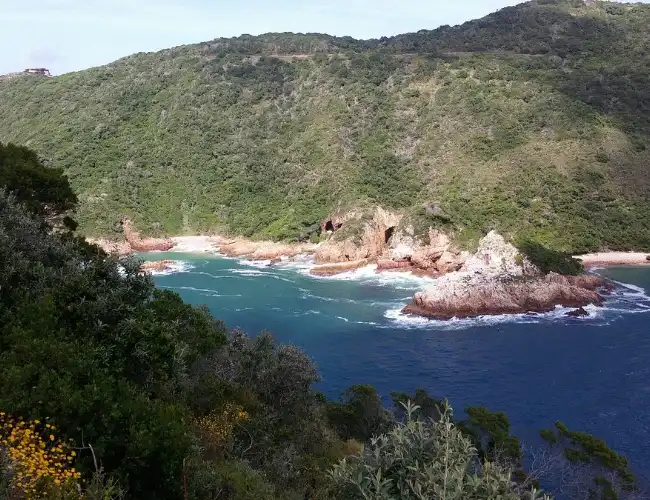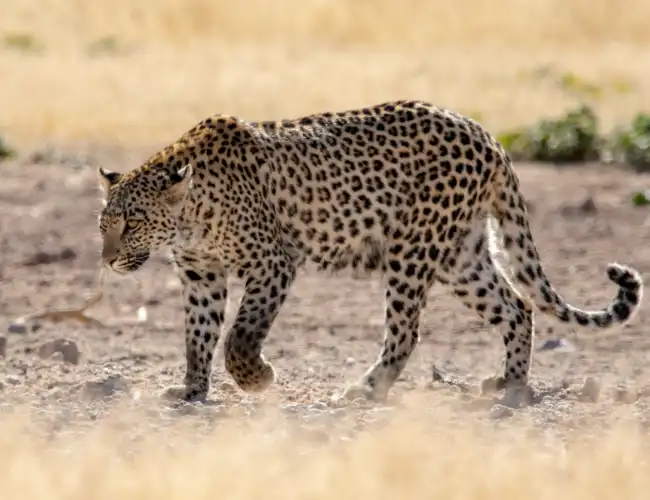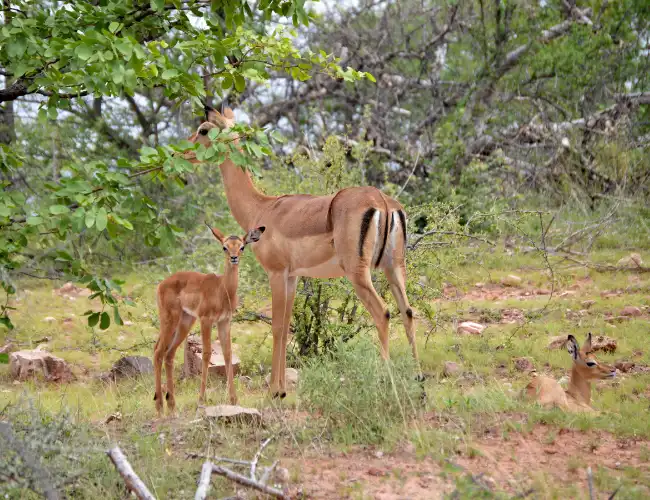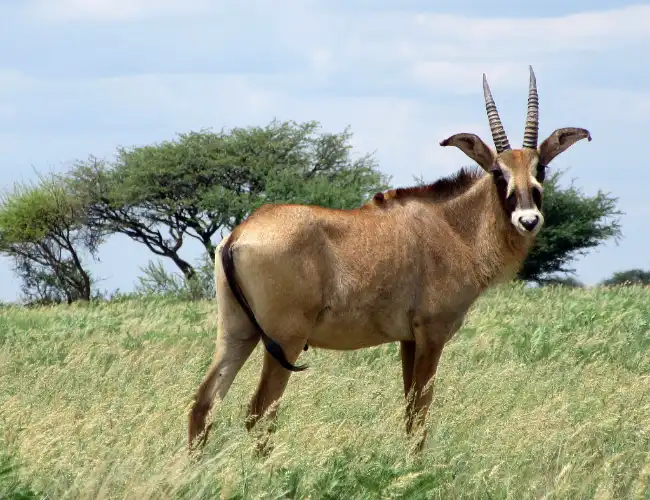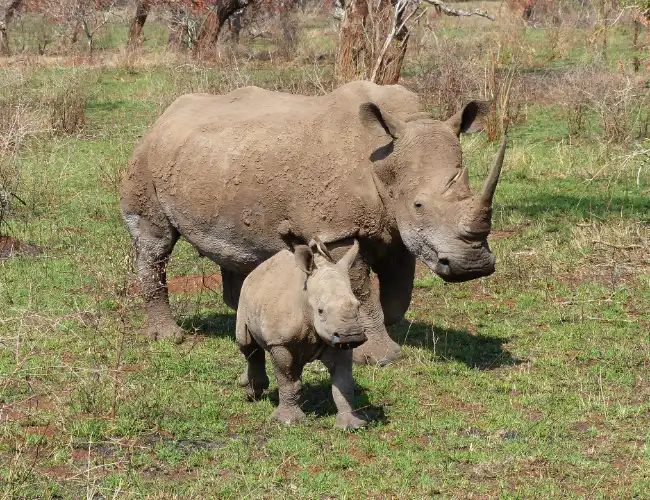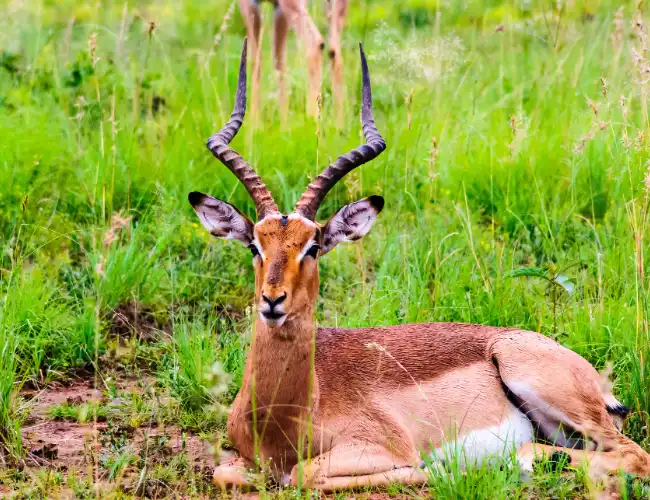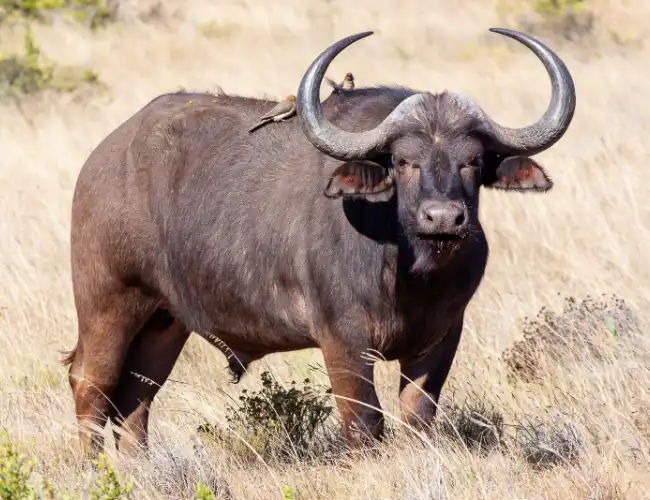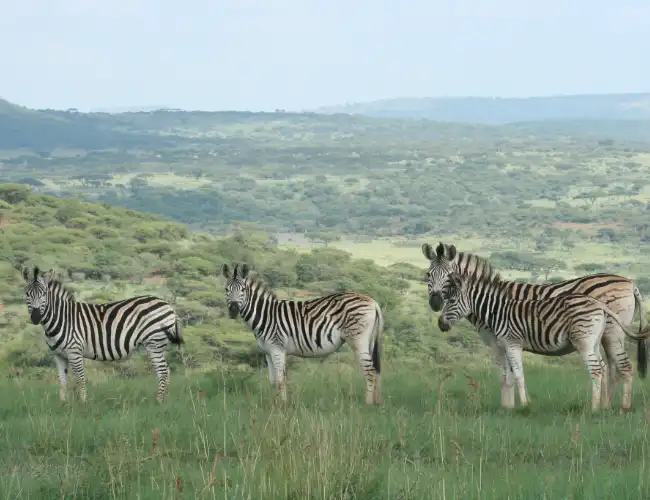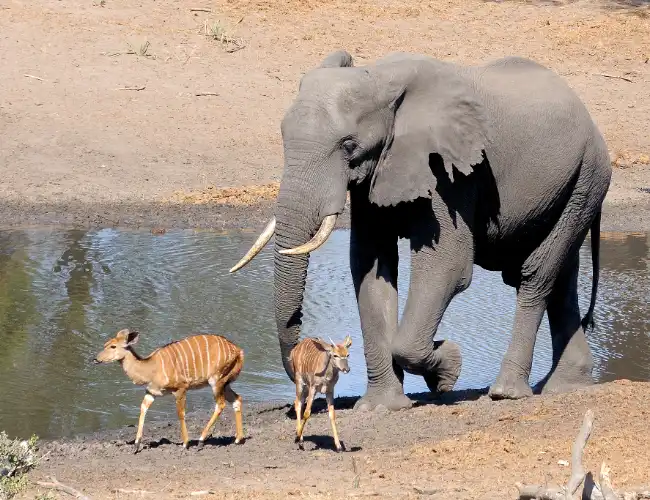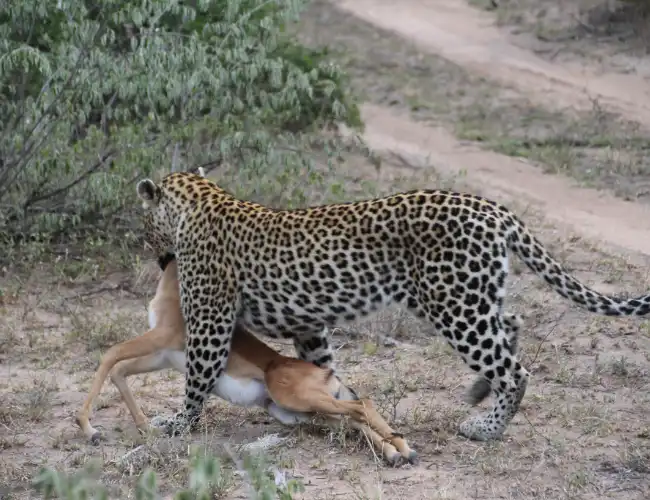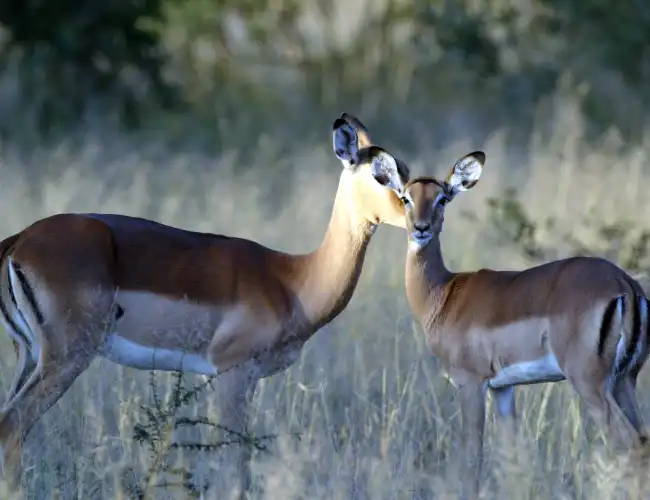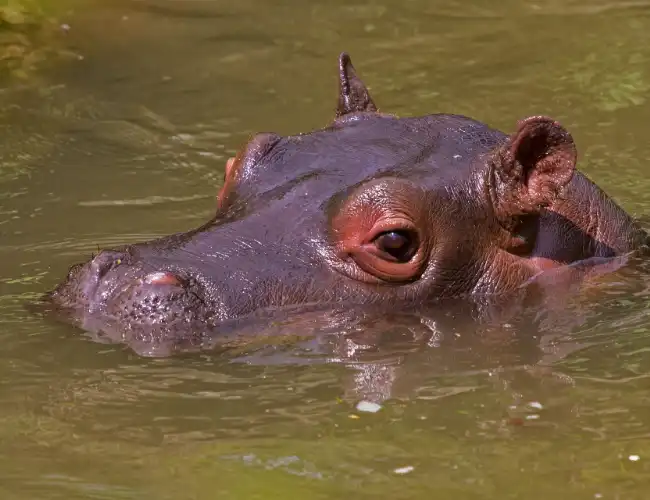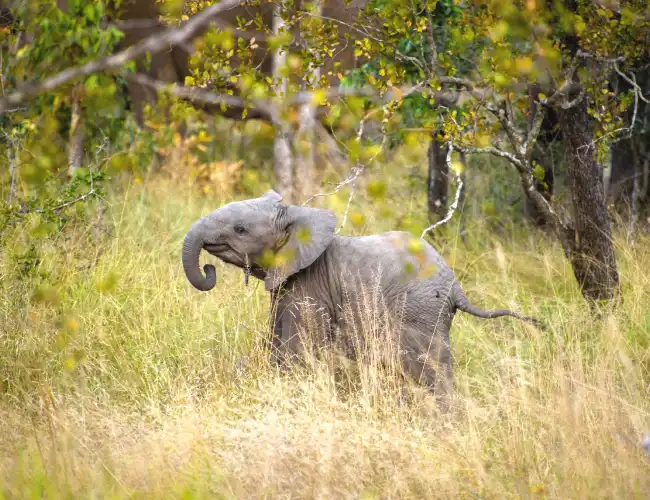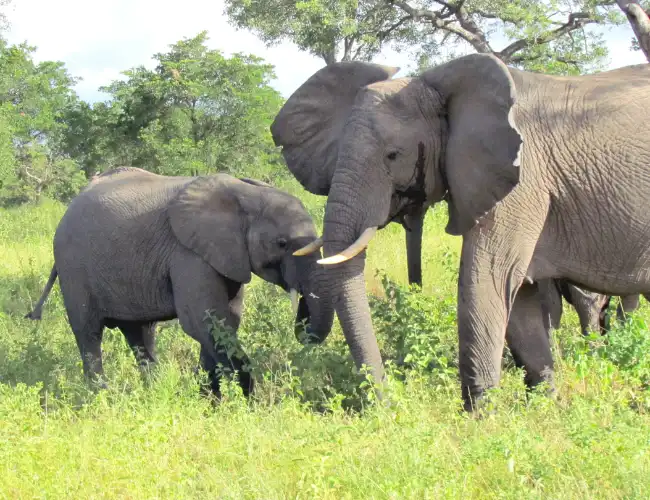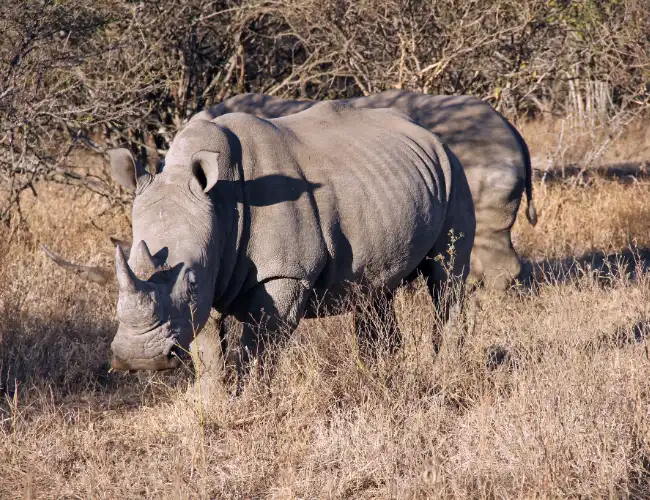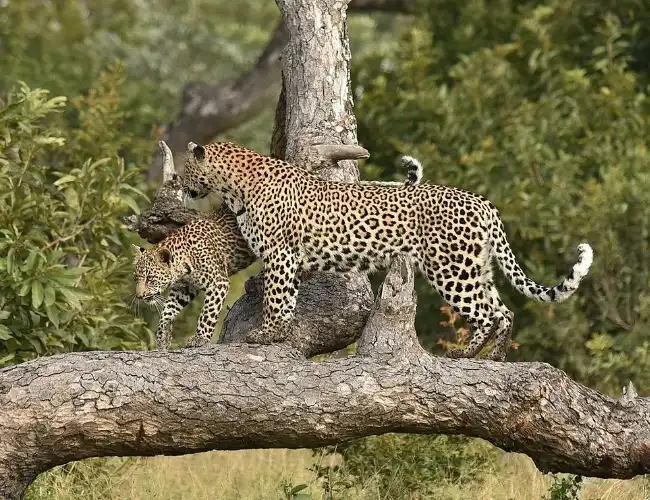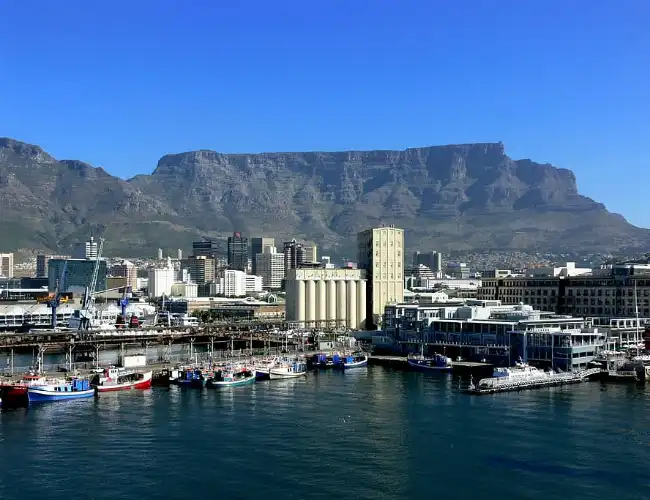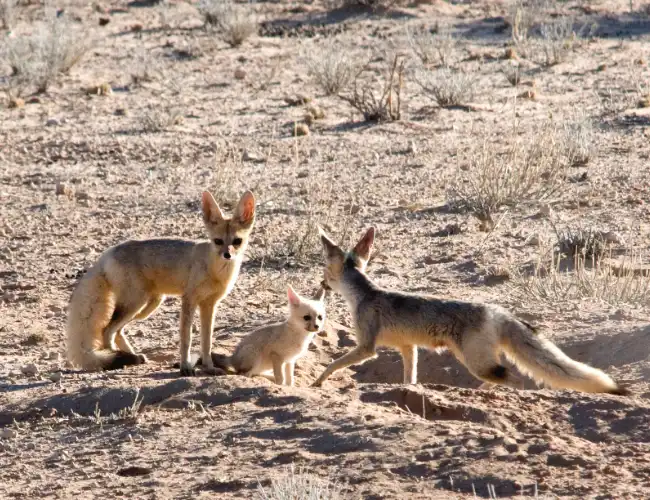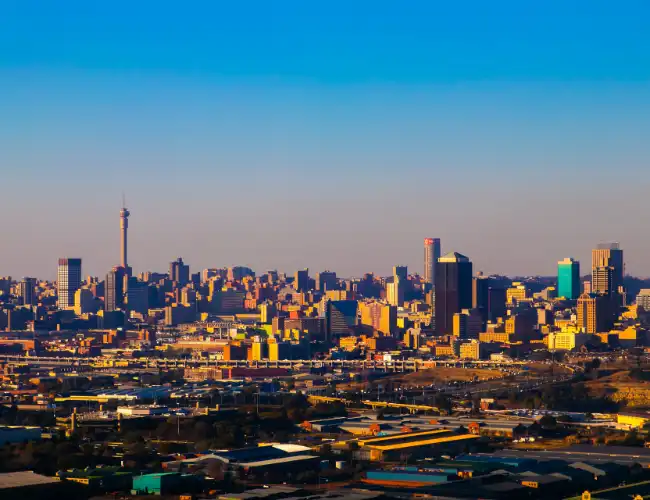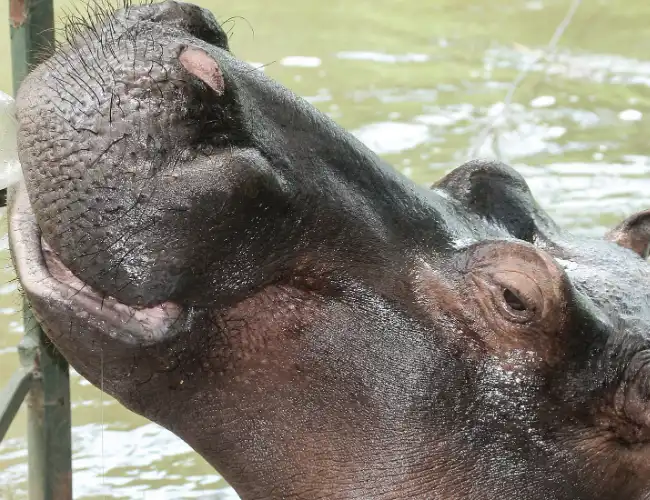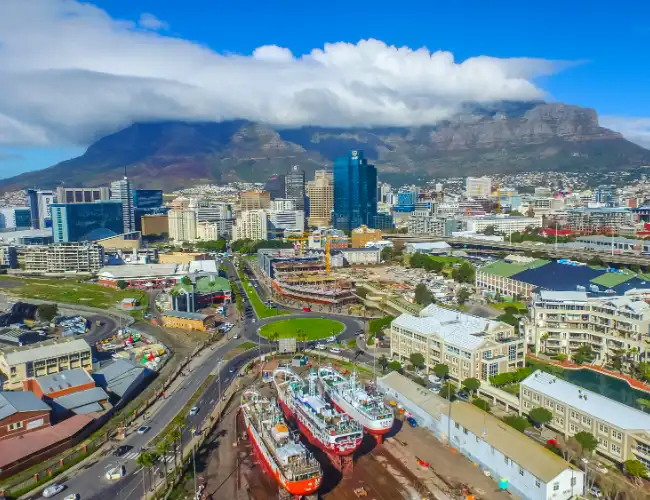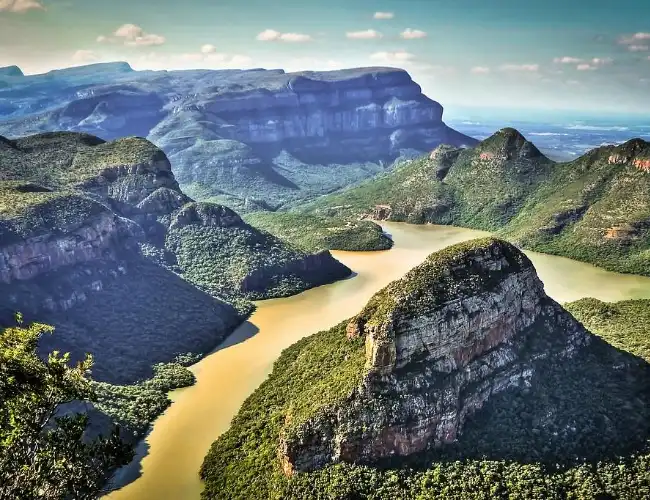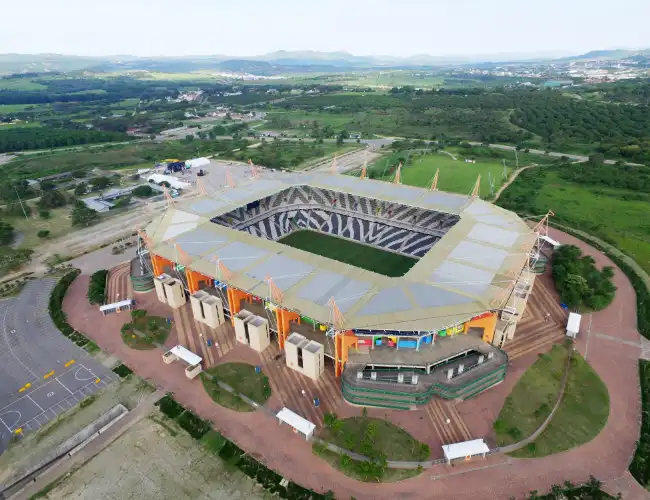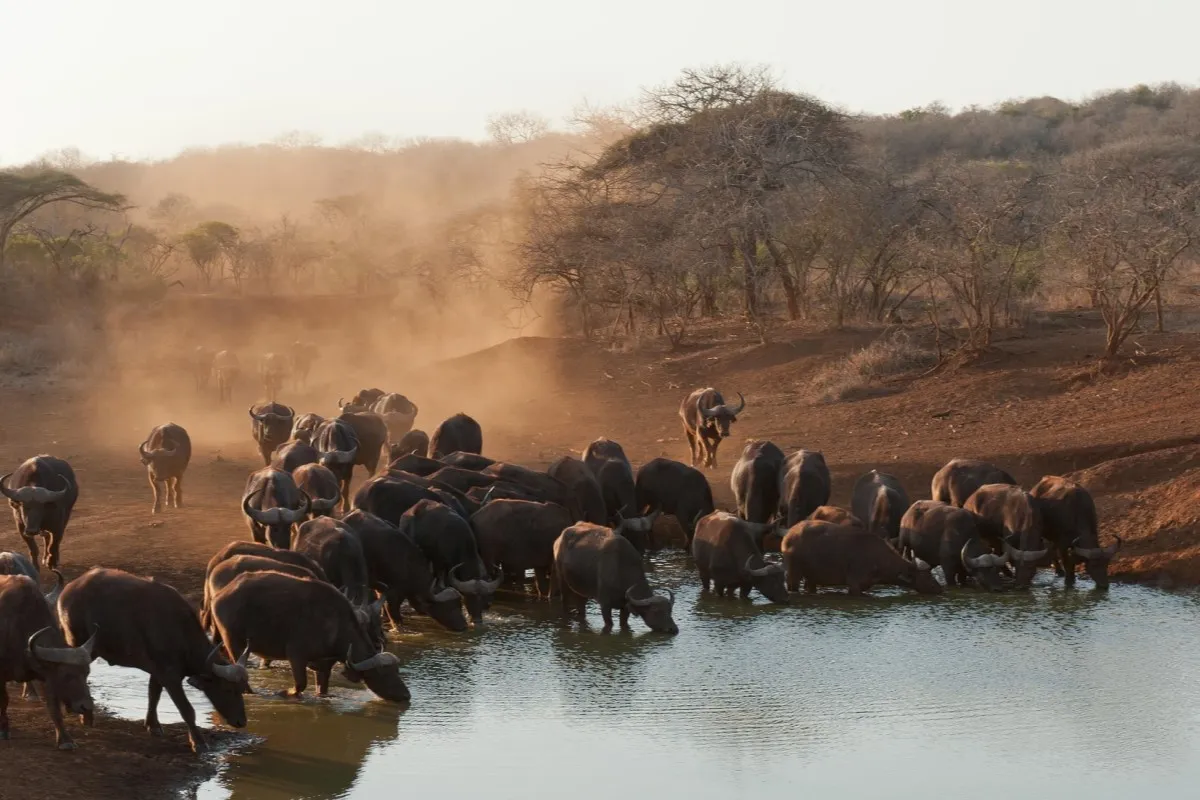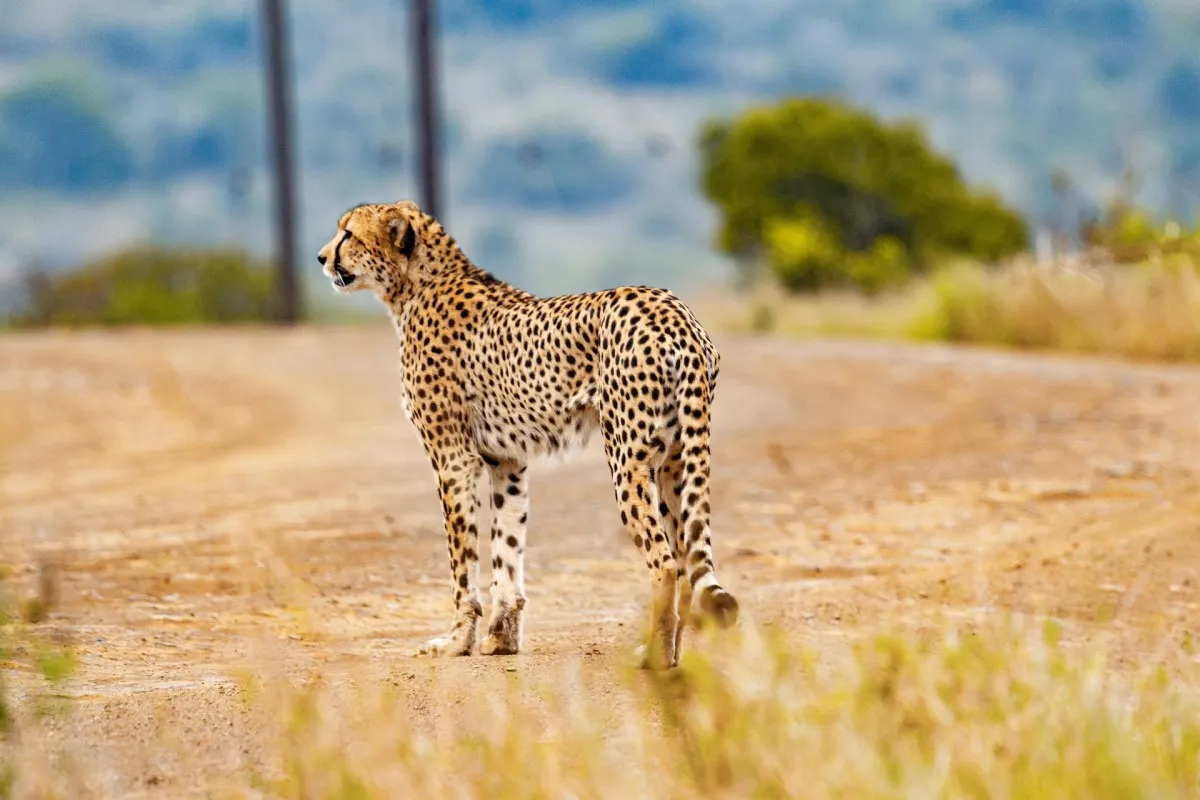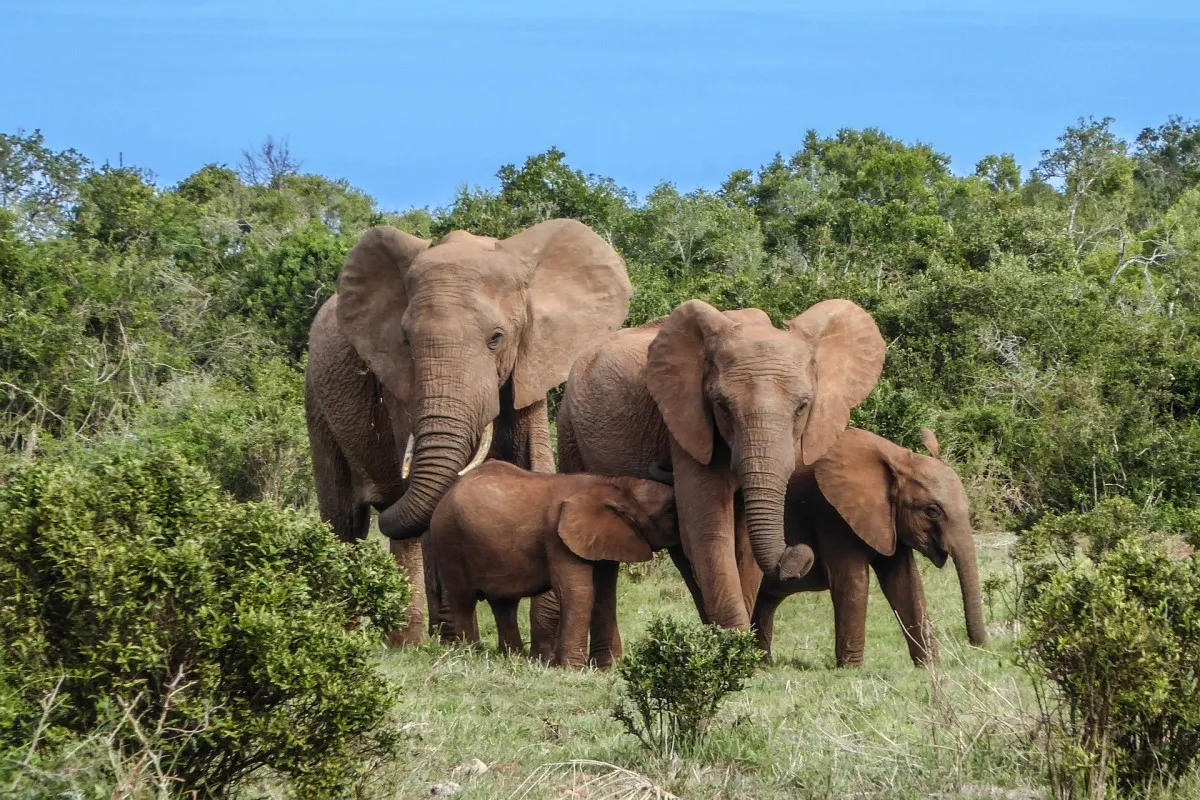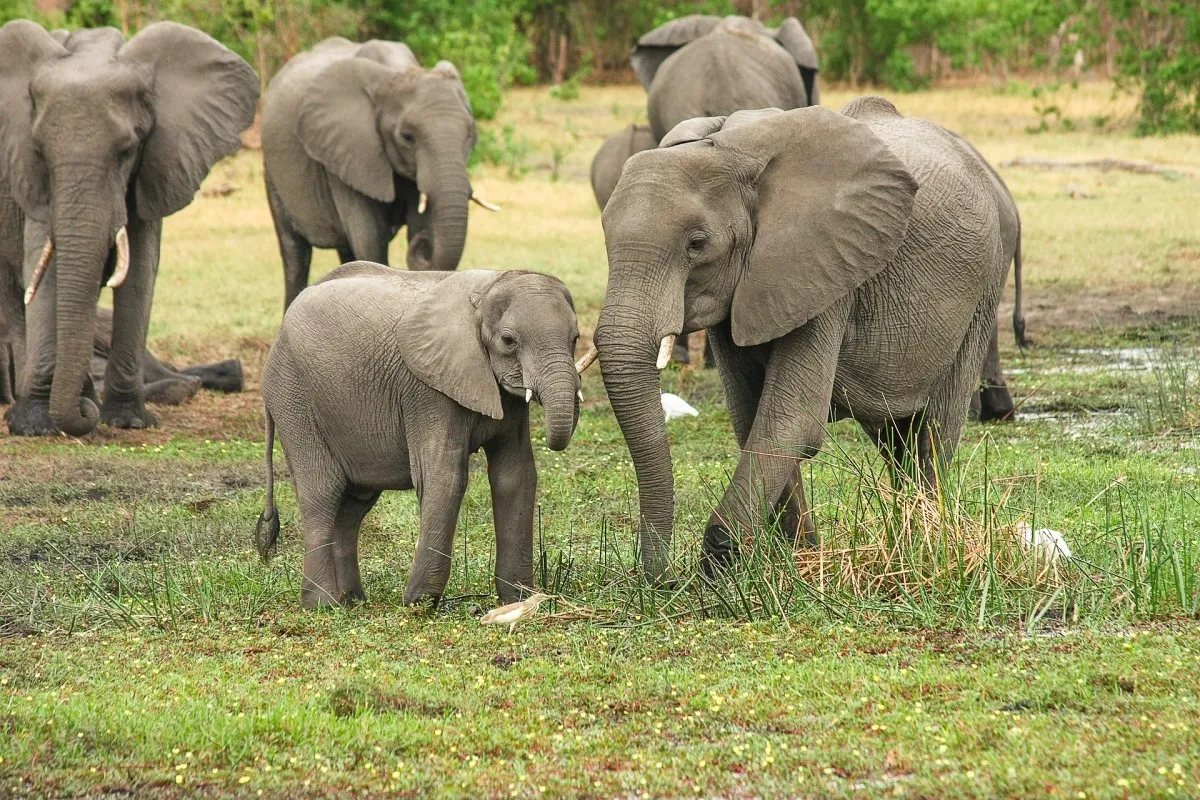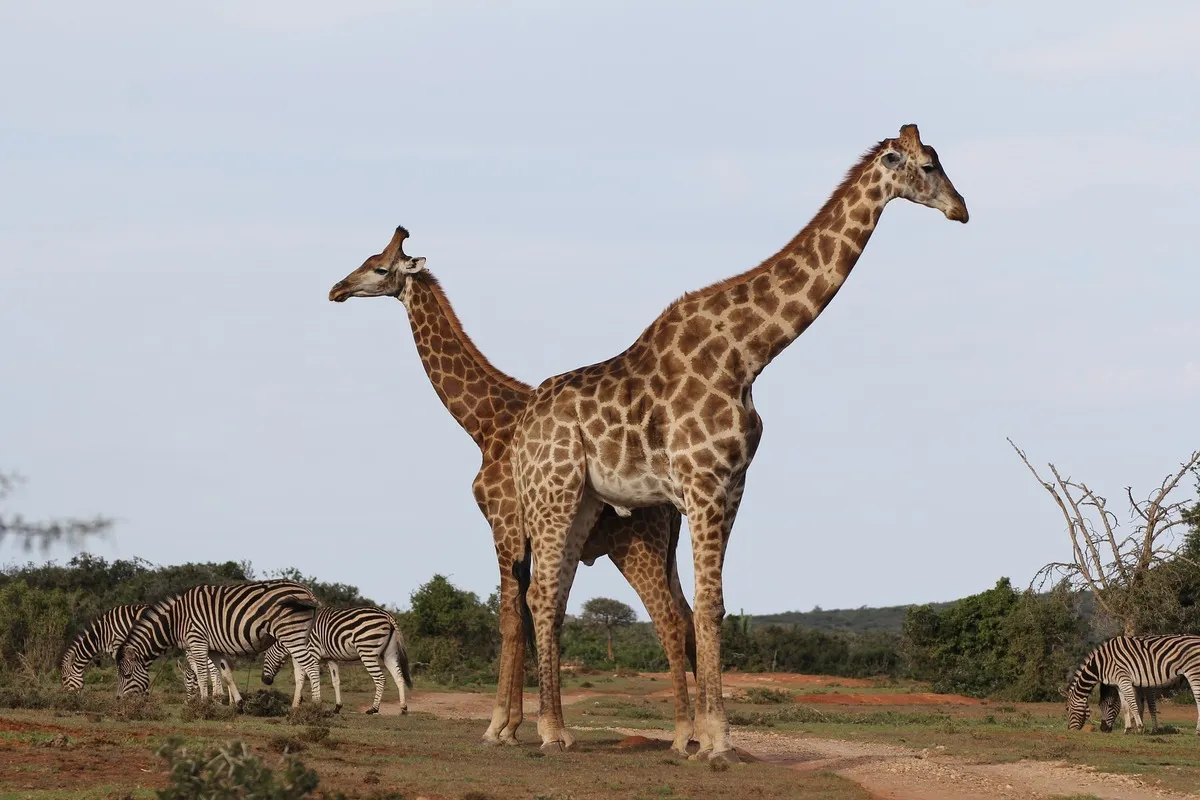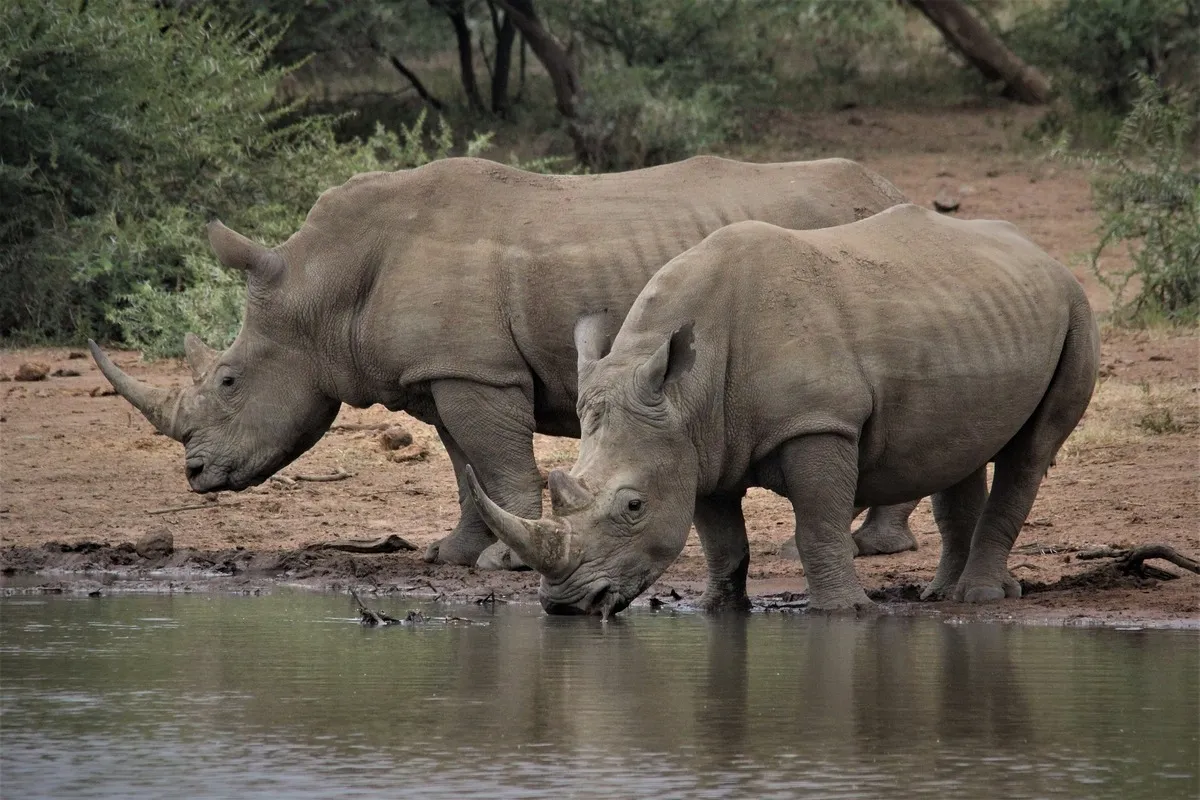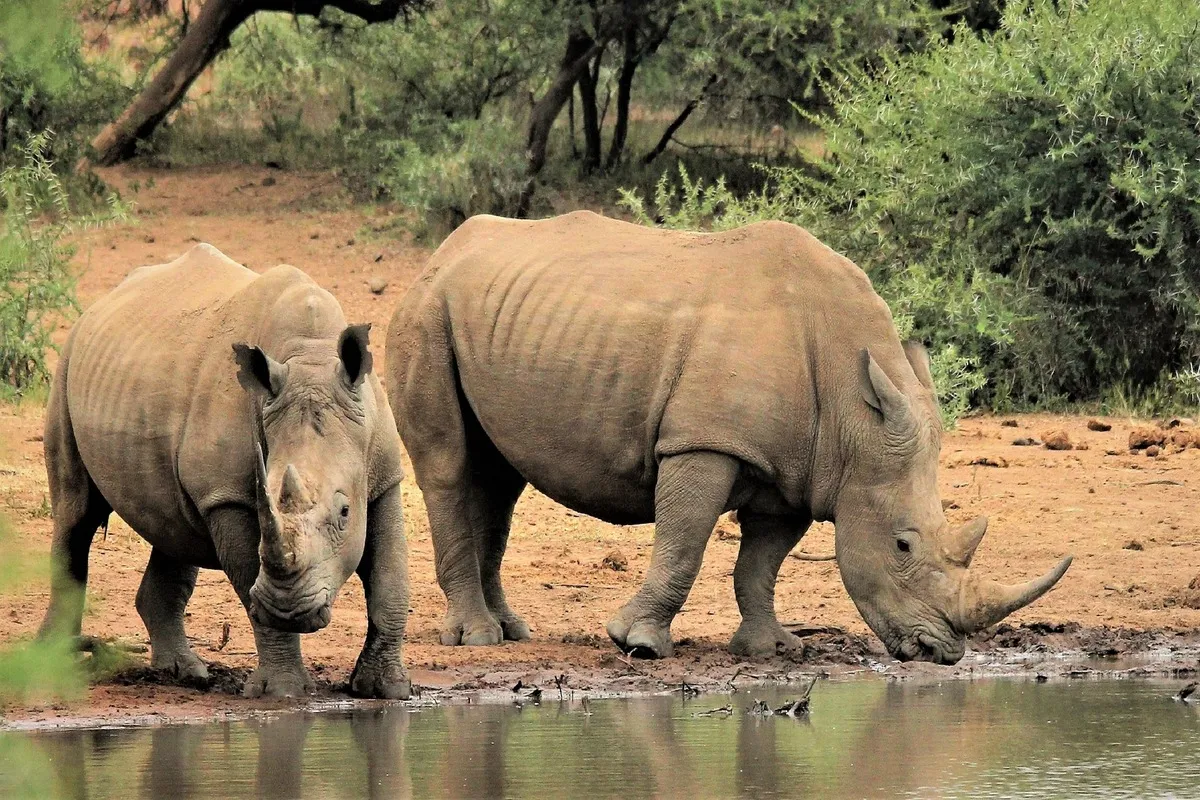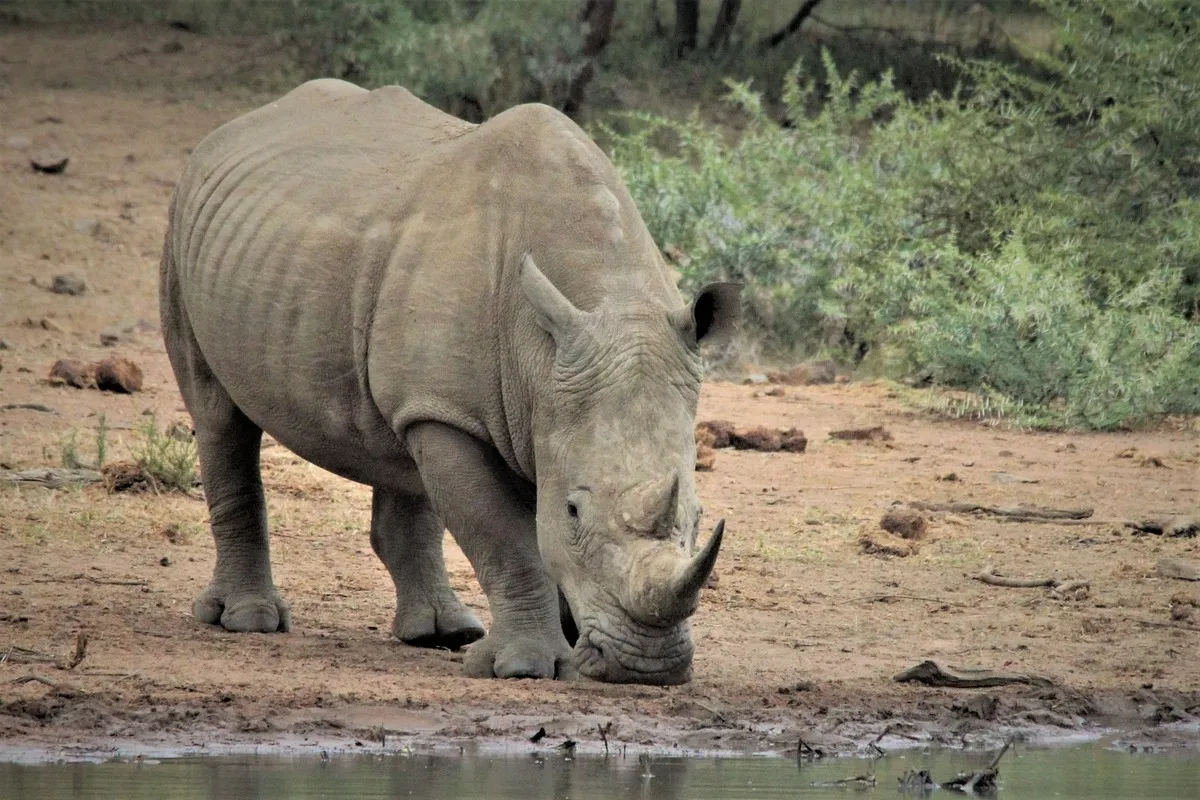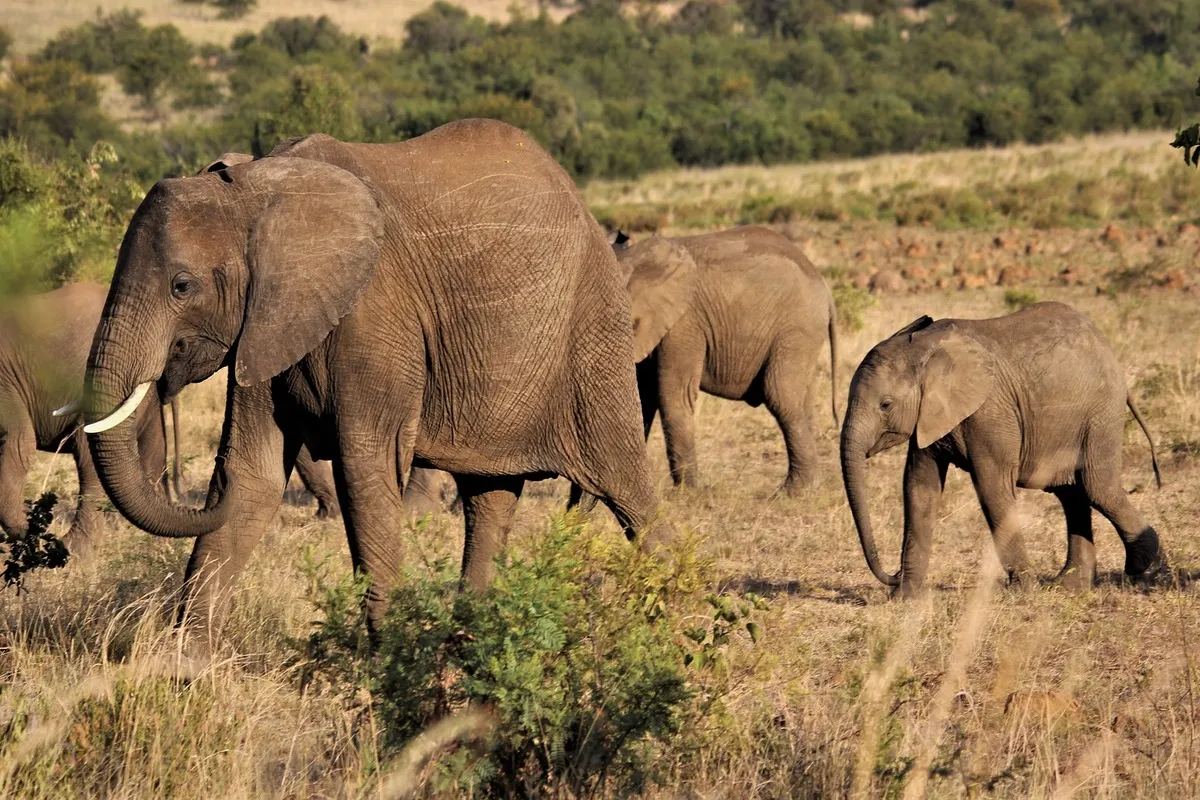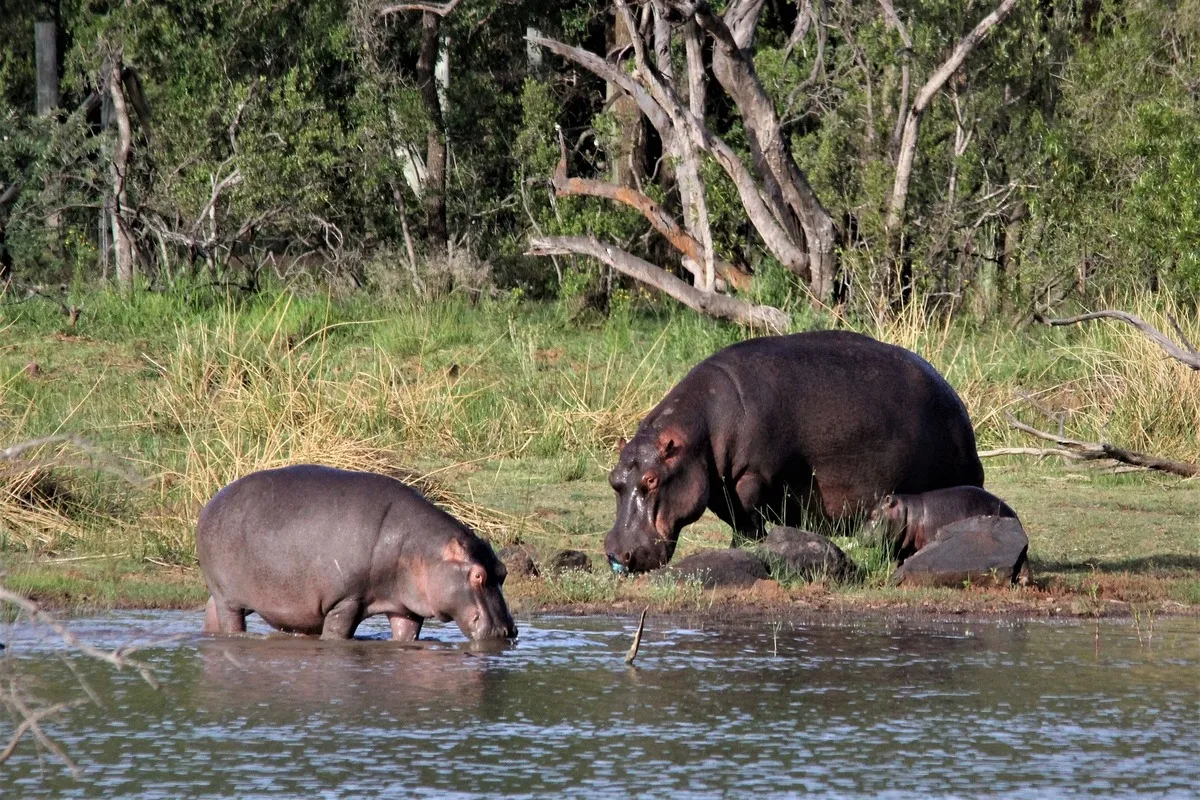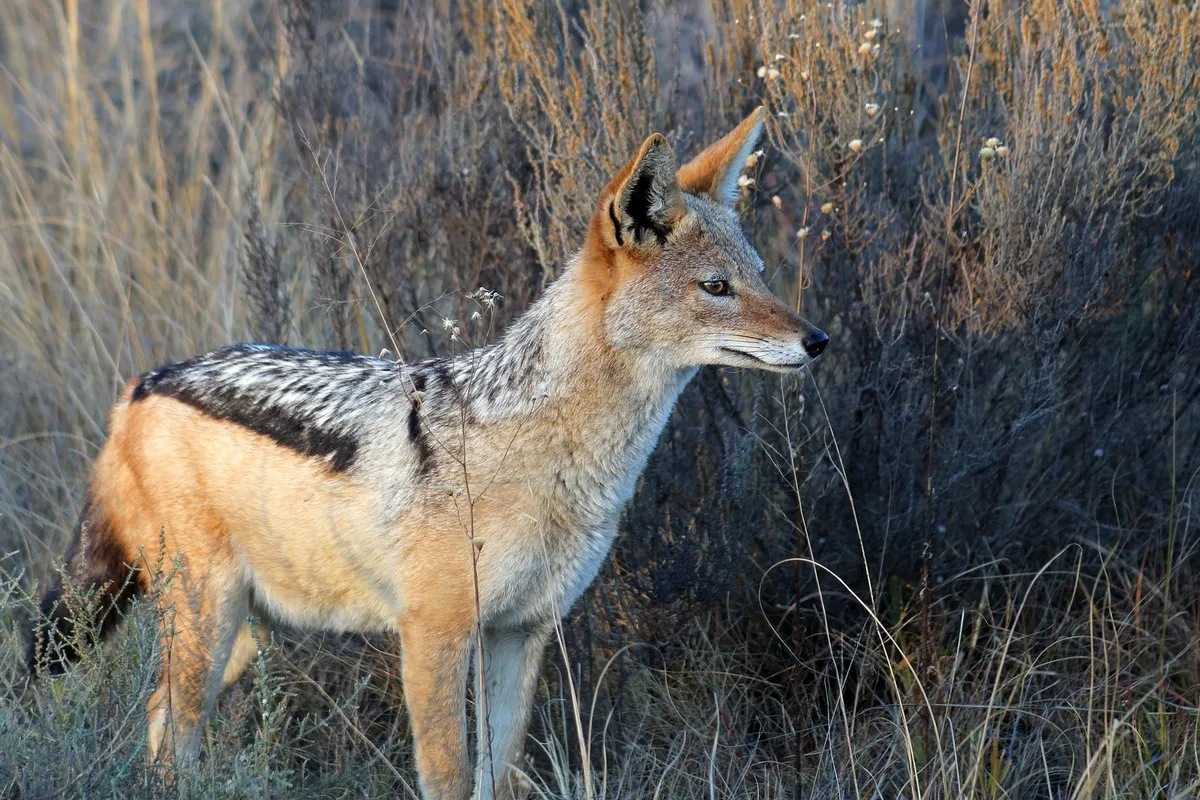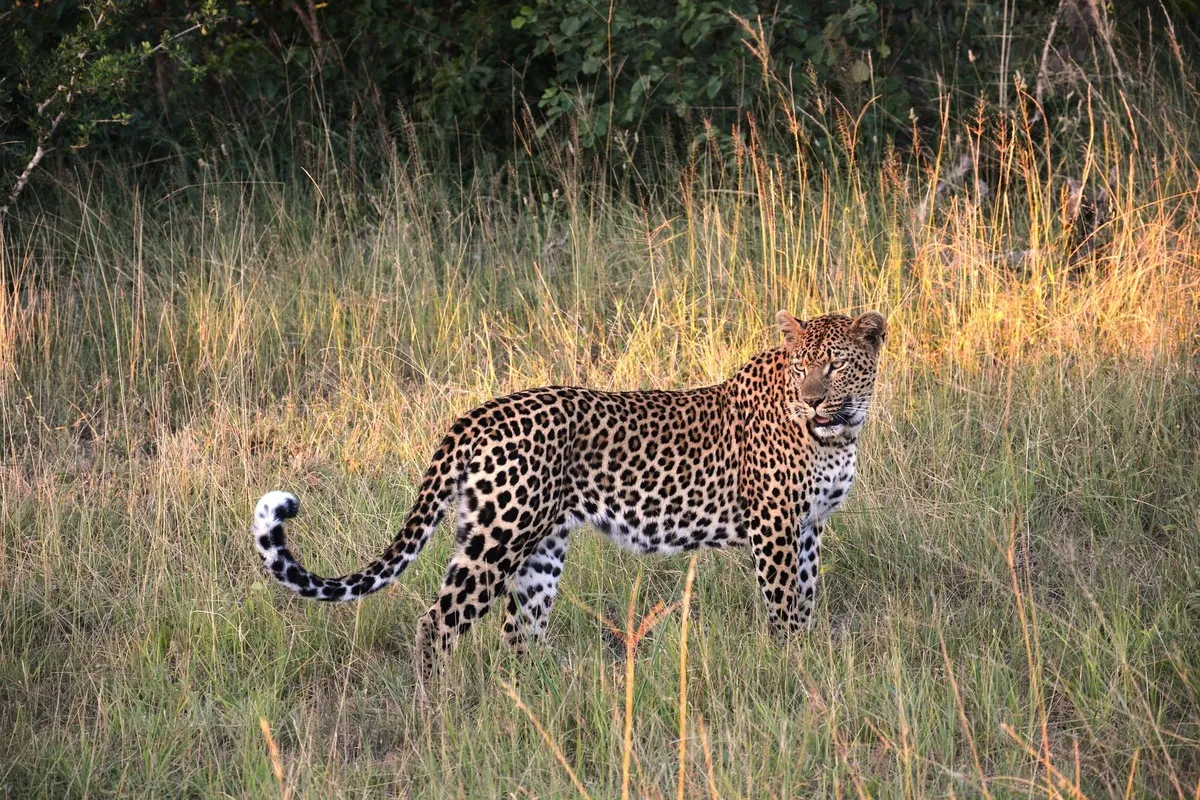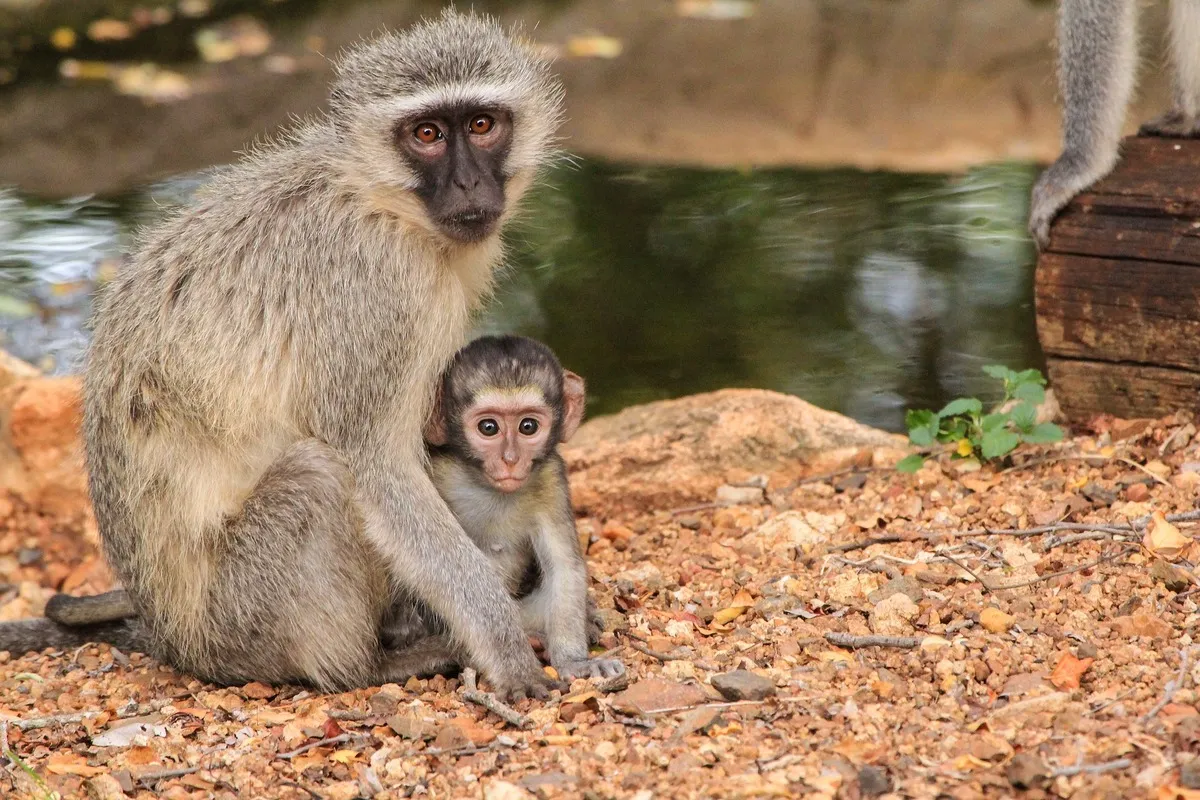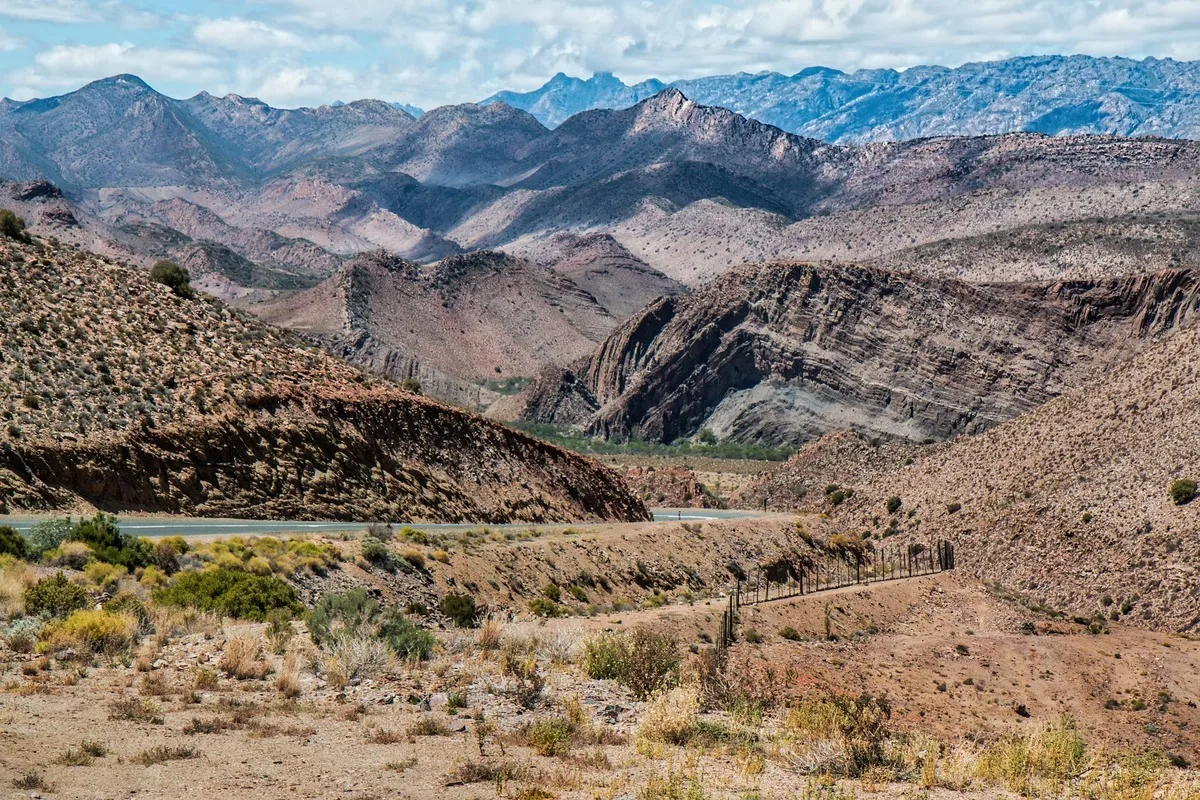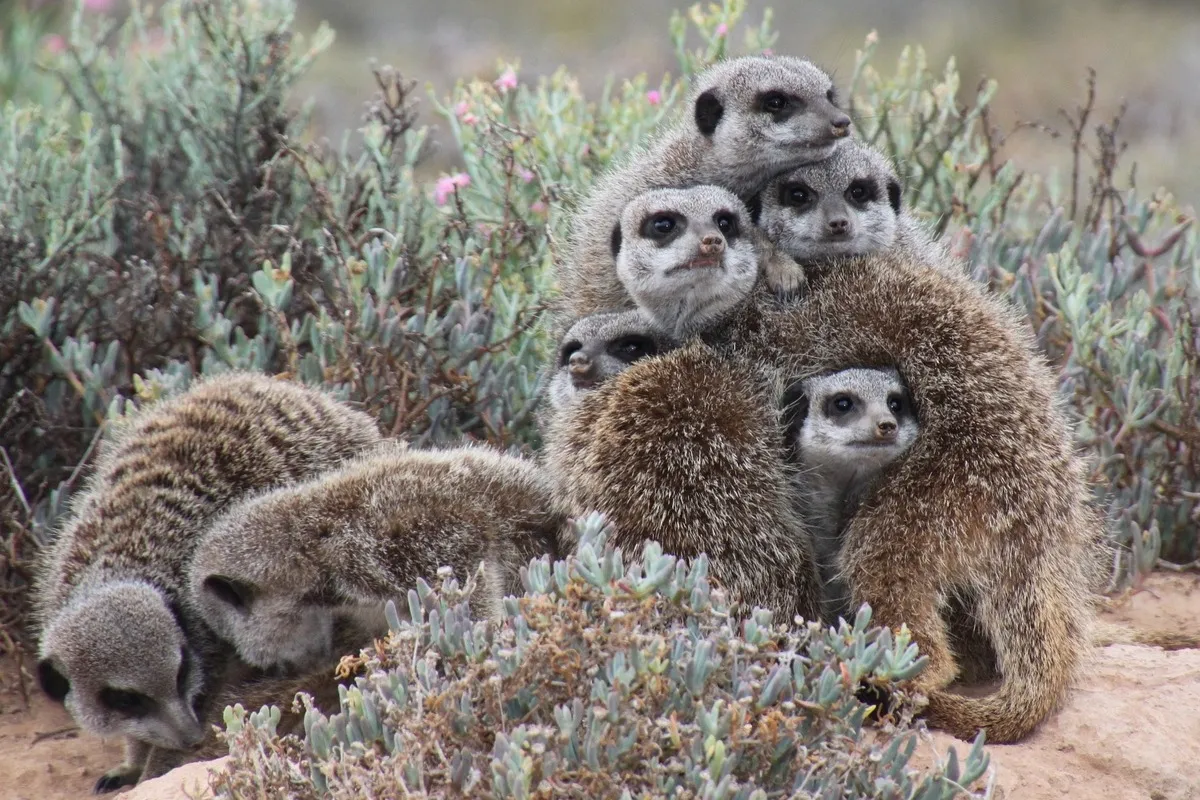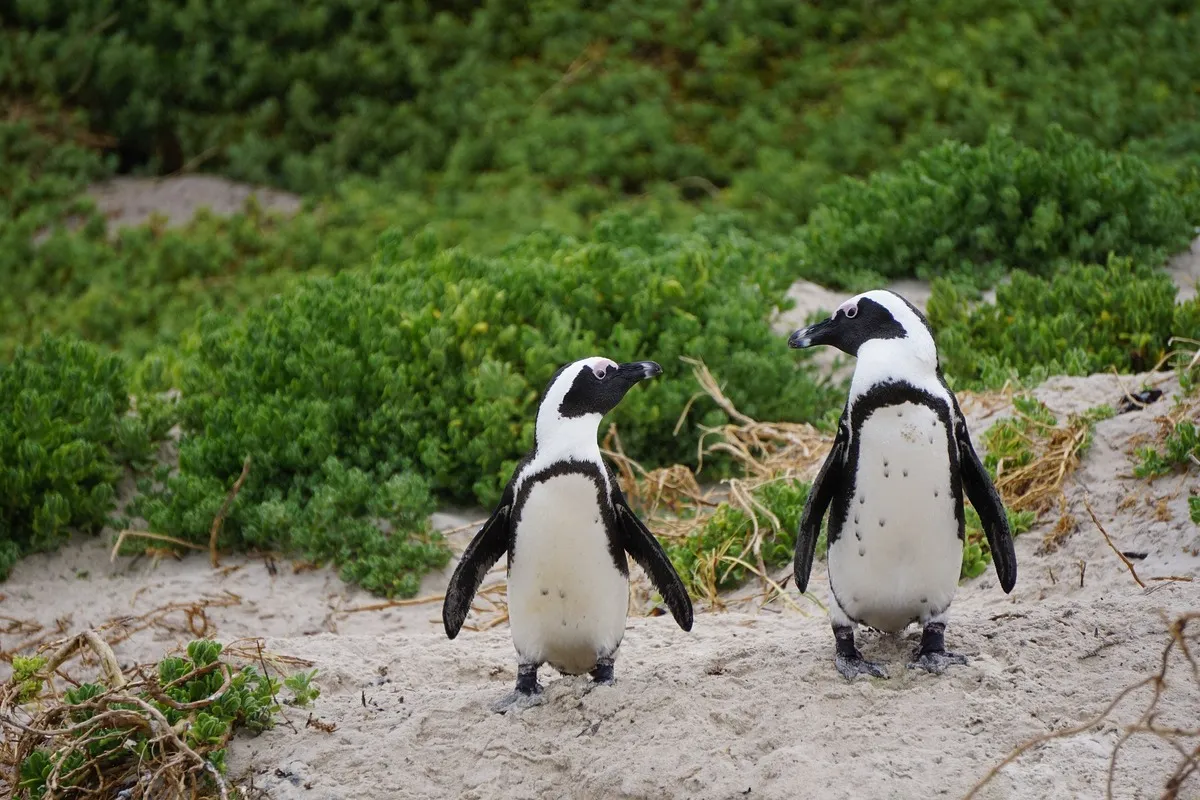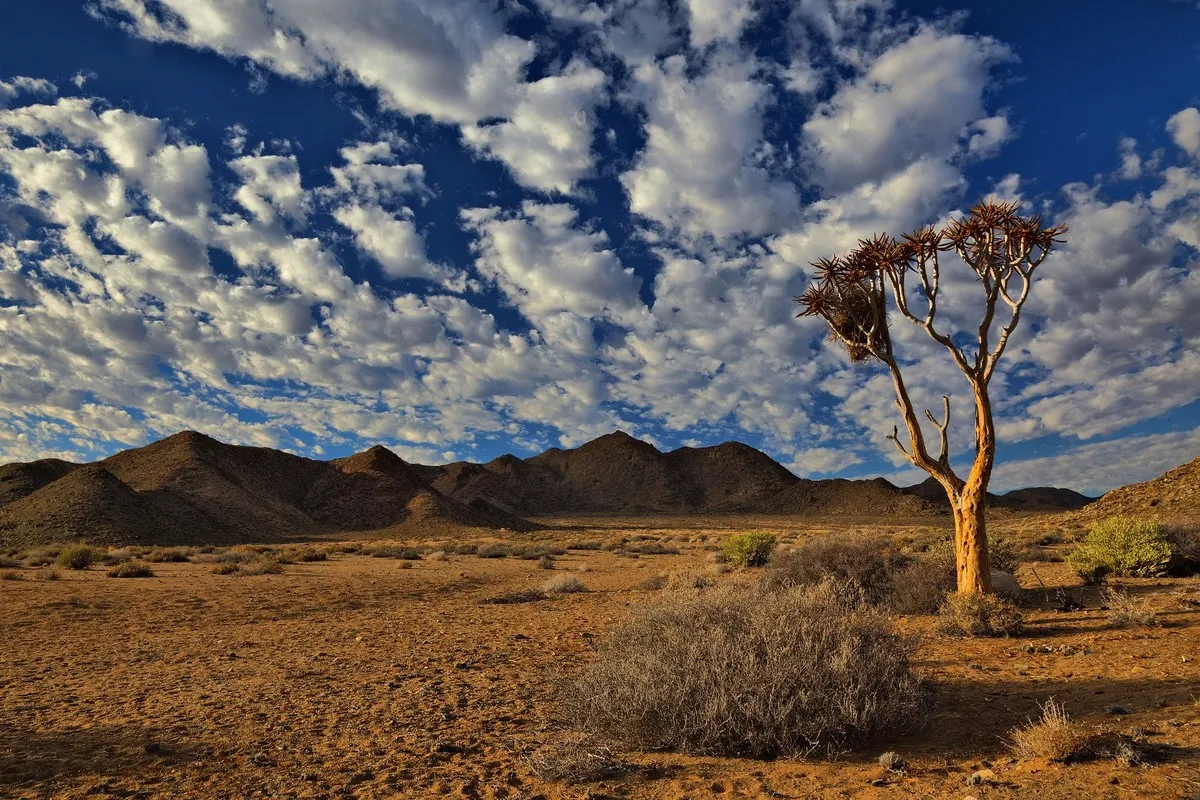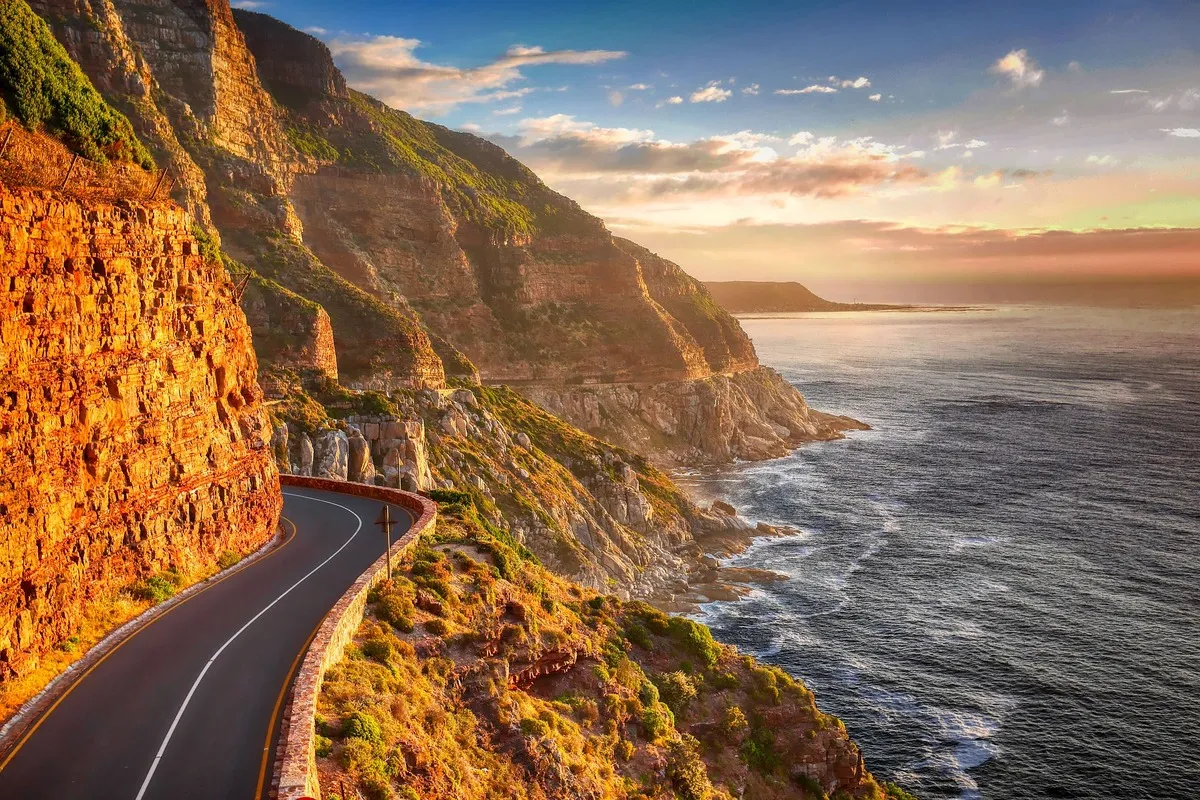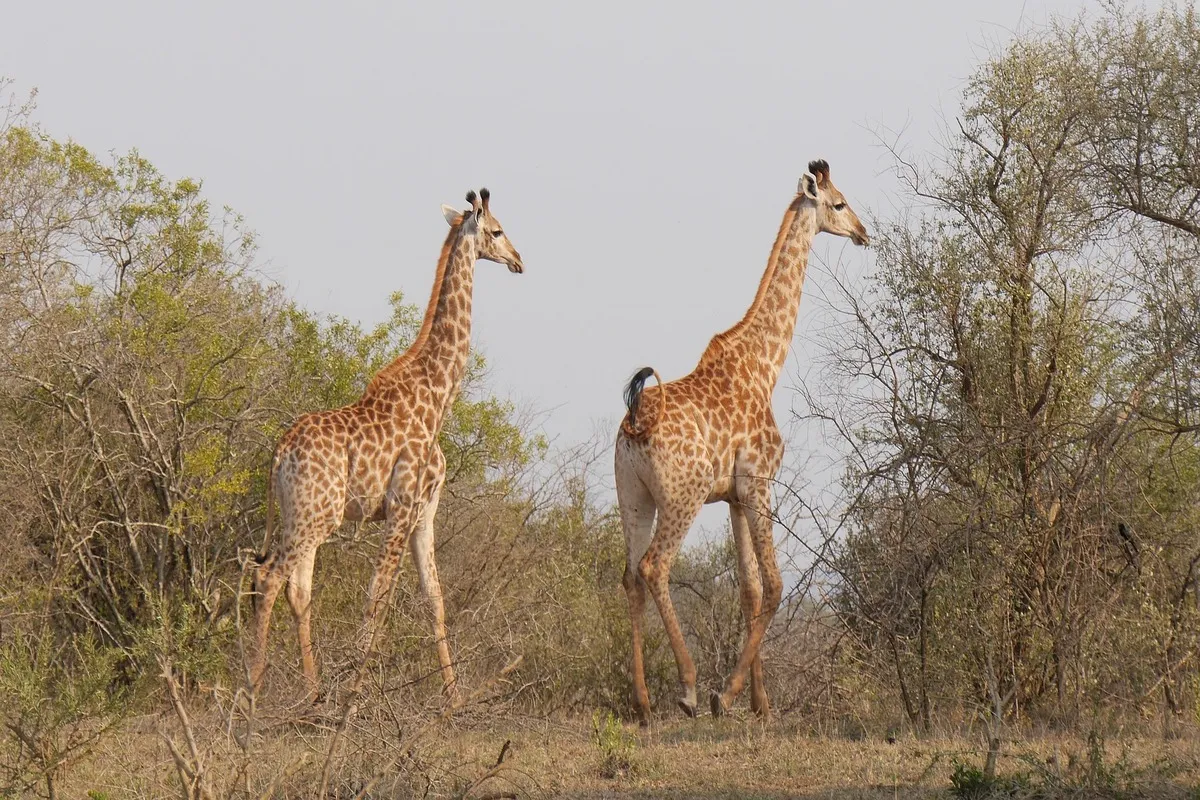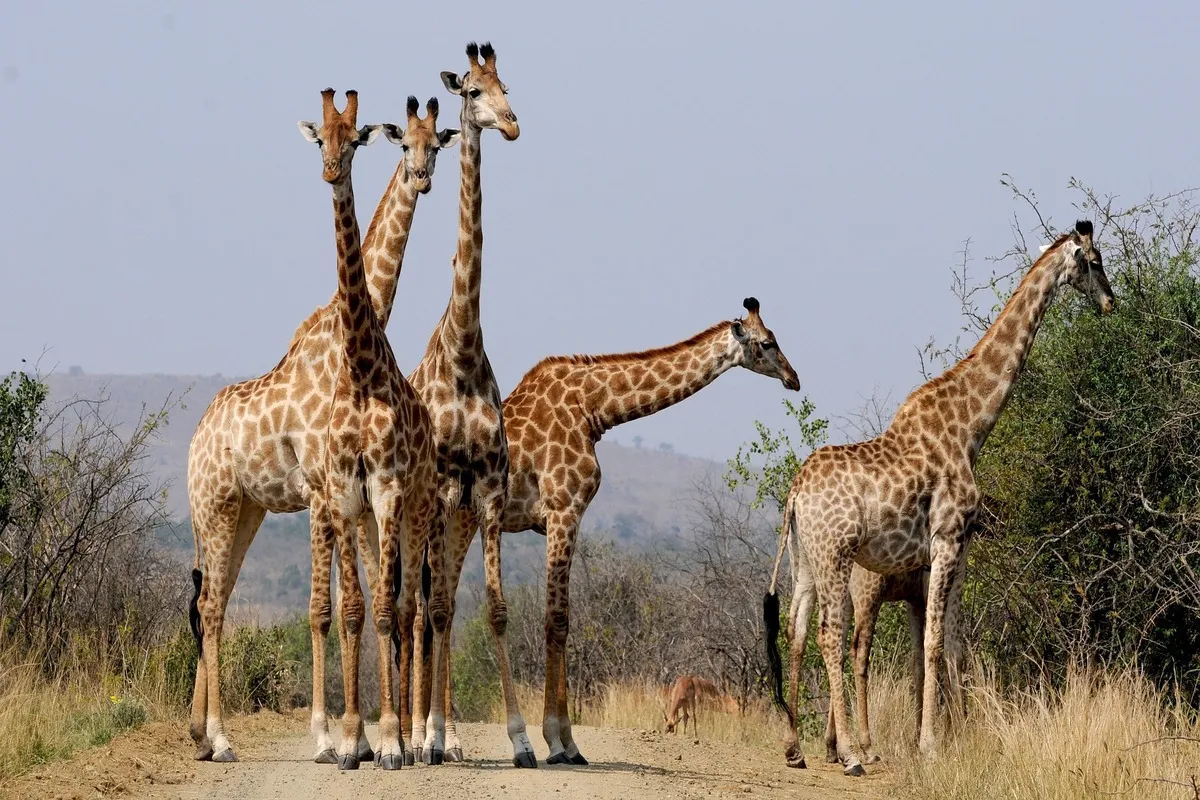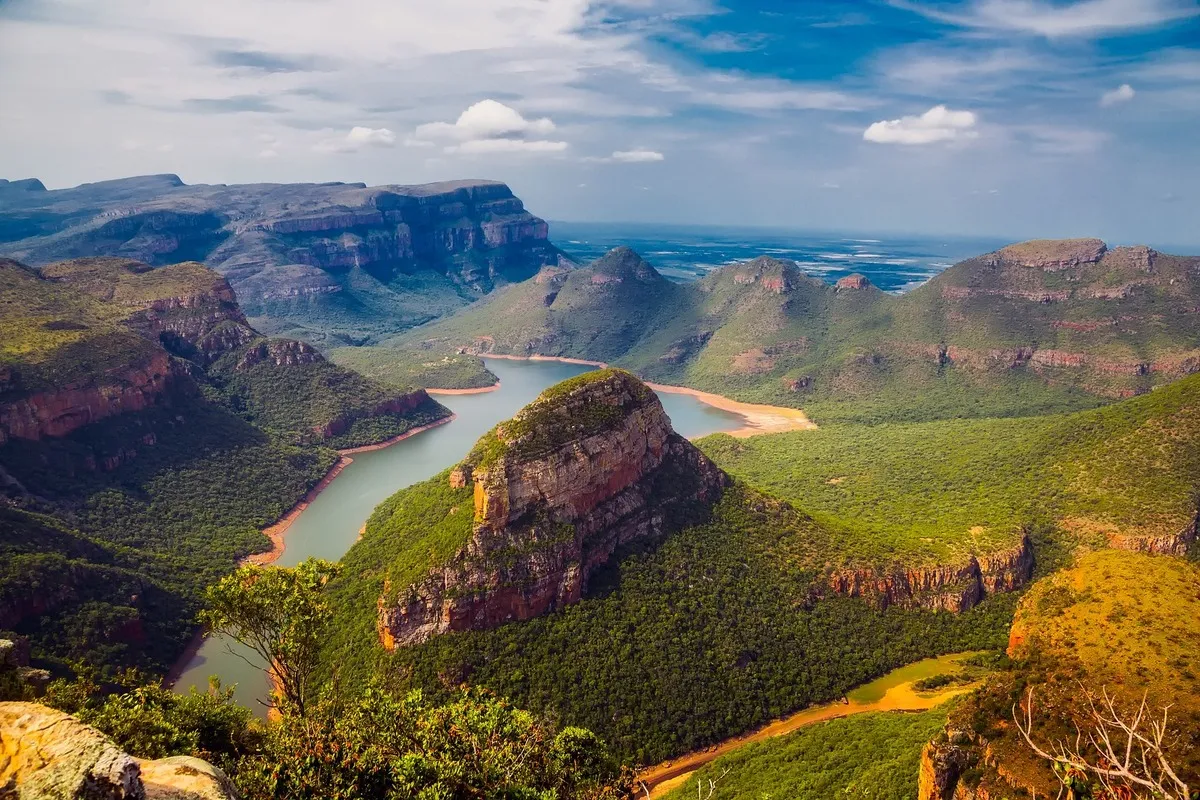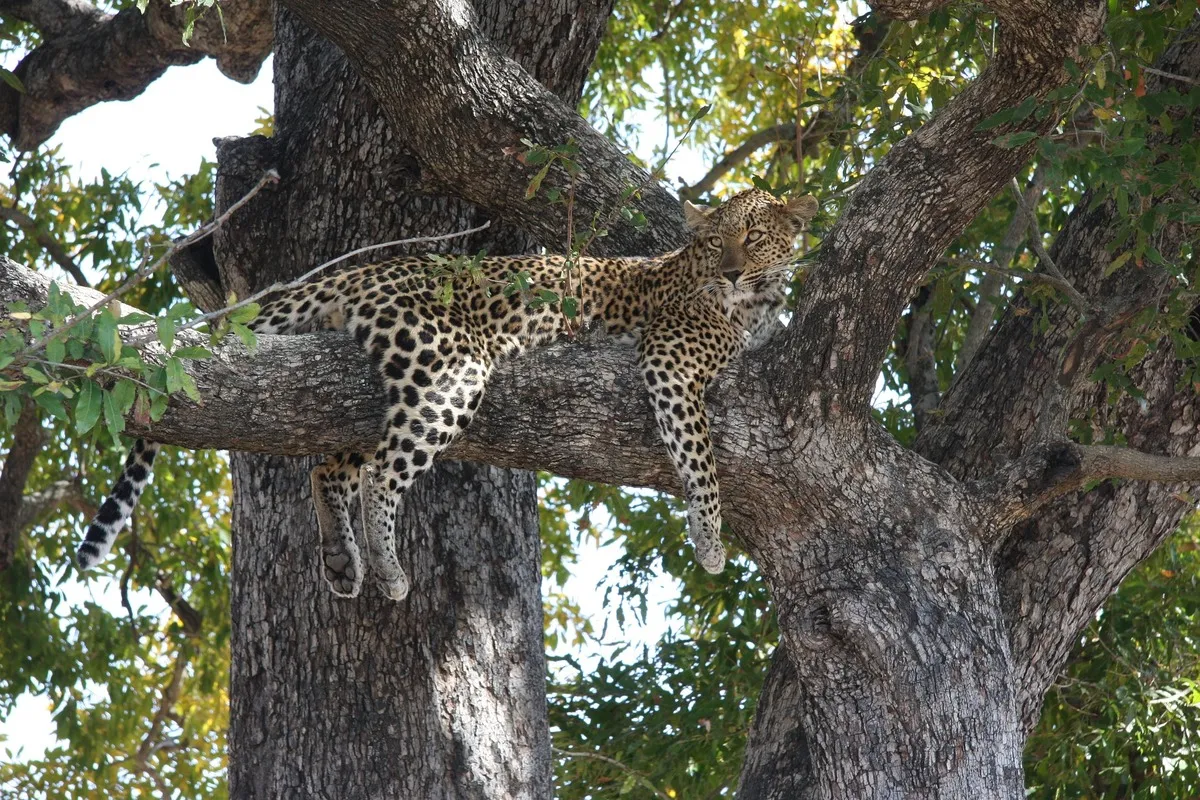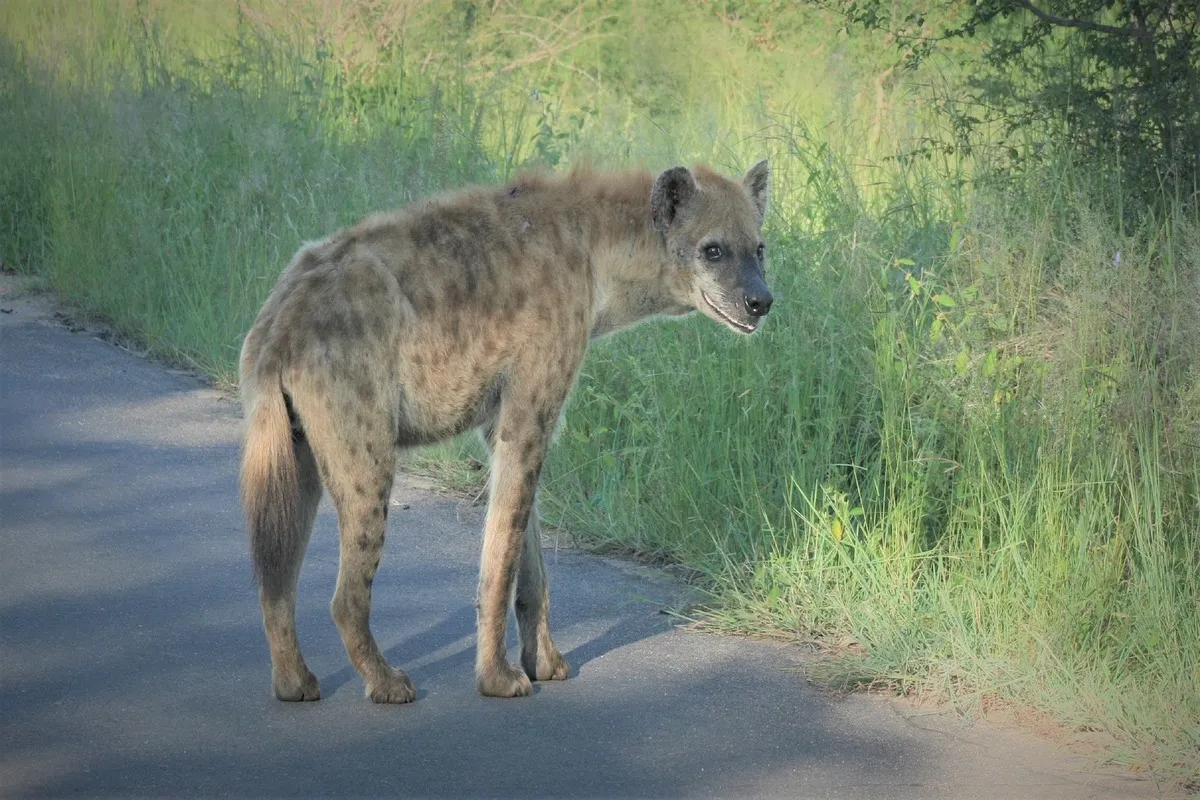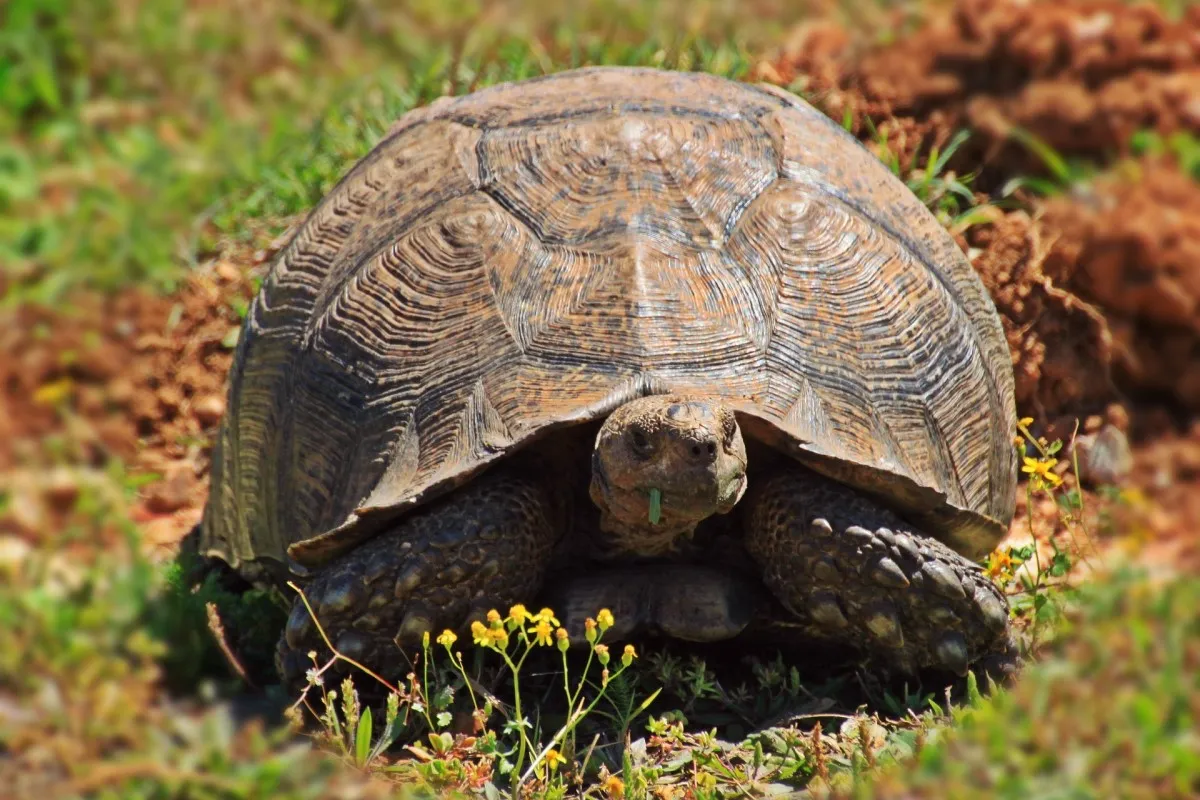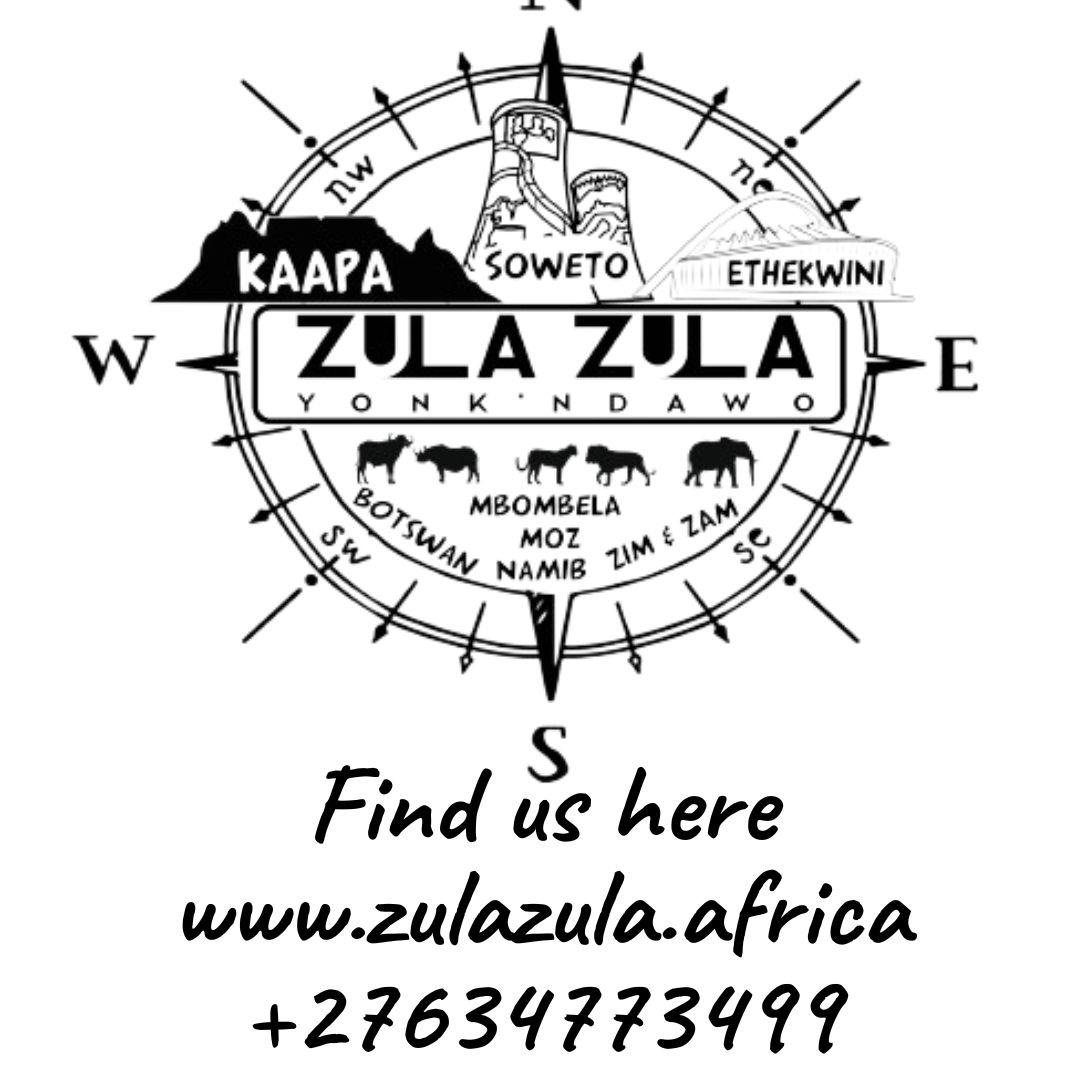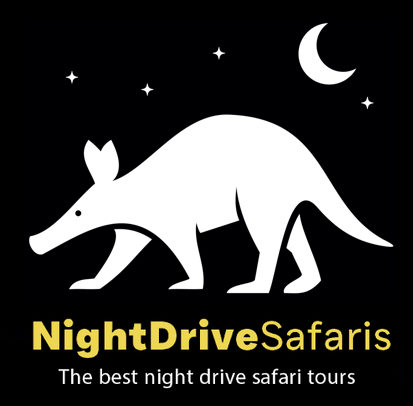Overview – South Africa
South Africa has some of the world's most diverse biodiversity, with numerous national parks and breathtaking landscapes ranging from mountains, lakes, and oceans to Winelands, game farms, and deserts. It's one of the world's adventure capitals, with many adrenaline-pumping activities like shark cage diving, bungee jumping, and paragliding. Kruger National Park is Africa's largest game reserve and the best place on the continent to see the Big Five.
The Blyde River Canyon is the world's third largest for outdoor adventure, and the Drakensberg mountains' jagged peaks punch into the sky. Cape Town has an urban beat and is surrounded by white sand beaches.
Private wildlife reserves in South Africa include Timbavati, Sabi Sands, Amakhala, Shamwari, and Kariega. South Africa safaris aren't the only thing to see here; there's also its colourful history, with many fascinating historical sites to visit such as Robben Island, where Nelson Mandela was imprisoned, the Natal battlefields, and the Apartheid Museum.
The Garden Route in South Africa is a scenic stretch of coastline ideal for a leisurely self-drive. It runs technically from Mossel Bay to Storms River.
-
Rates (USD)310
-
CurrencySouth African rand (ZAR)
-
CapitolPretoria
-
TimezoneGMT+2 (SAST)
-
Size1.22 million km²
-
LanguagesEnglish, Afrikaans, Zulu, Xhosa
-
Wildlife58 Animals
-
High SeasonOctober to March
-
Best Time to GoMay to September
Pros & Cons
- Landscapes and habitats are extremely diverse.
- Wonderful wildlife that is easily accessible
- Safaris for any budget, whether self-drive, package, or custom.
- Excellent customer service and a well-managed tourism industry
- Excellent infrastructure and shops
- There are 14 National Parks where you can see wildlife.
- Crime in urban areas
- Significant distances between areas
- Availability at peak times
- Parks with less wilderness appeal and fences
- Popular parks can become overcrowded
Parks, Reserves and Wildlife Areas
South Africa Map in Africa
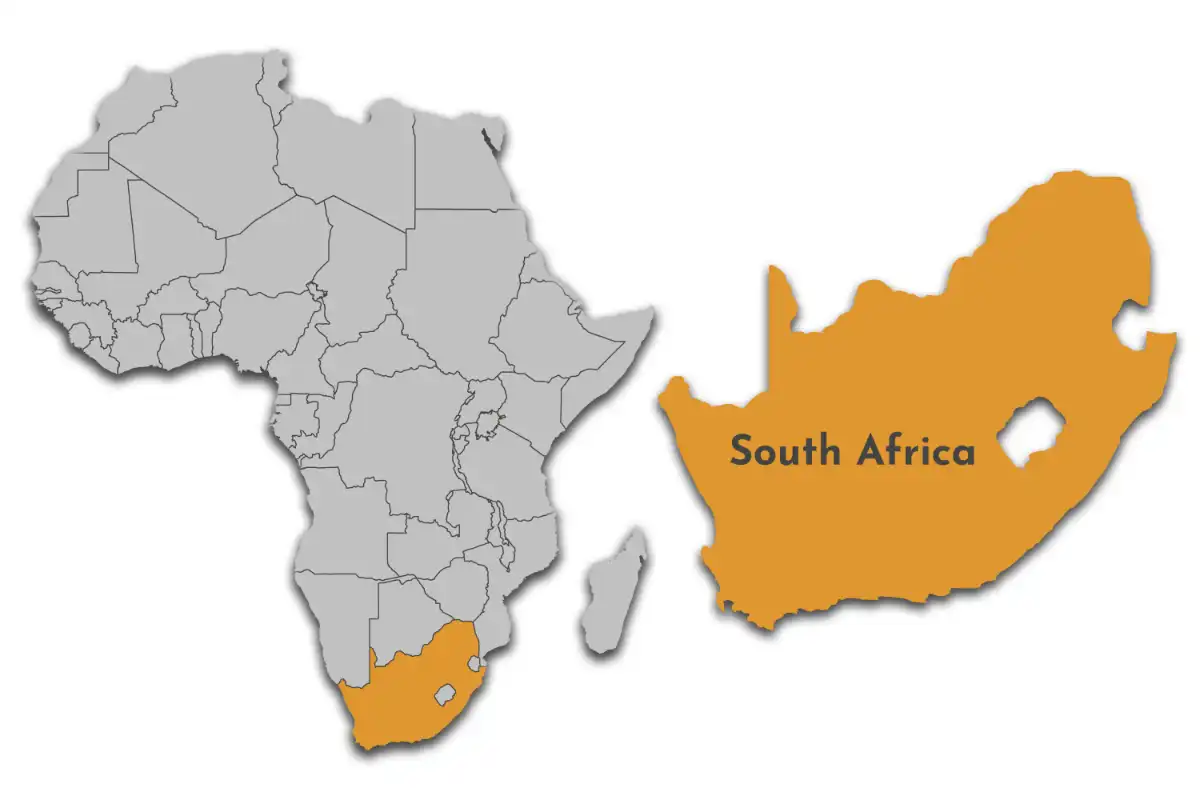
South Africa Safari Reviews
Want to Visit South Africa?
Food – South Africa
South African cuisine reflects the diverse range of culinary traditions embodied by its various communities. Khoisan people foraged over 300 species of edible food plants, including the rooibos shrub legume, whose culinary value continues to influence South African cuisine. Following encounters with Bantu pastoralists, domestic cattle and cultivated crops supplemented traditional Khoisan meat preservation techniques. A fusion of indigenous and external influences makes up South African cuisine. These include Dutch, French, Indian, and Southeast Asian. They all had an indelible impact on the local cuisine and culture.
Cooked grains (primarily maize), pumpkin, beans, fermented milk, and roasted or stewed meat dominated the South African diet. South Africans raised sheep and goats, but beef has always been the most highly sought-after meat.
Ground beef is combined with onions, eggs, garlic, salt, black pepper, butter, herbs, and spices to make a frikkadel.
Cape Malay curry is made with meat (usually lamb or chicken), garlic, ginger, onions, tomatoes, potatoes, and a variety of spices such as cumin, coriander, turmeric, and masala powder.
Mala Mogodu: A traditional stew made of beef tripe and intestines, onions, garlic, peppers, tomatoes, herbs, and spices.
Denningvleis refers to a South African stew made with meat simmered with onions, garlic, tamarind paste, and different spices like cloves, allspice, and bay leaves.
Culture – South Africa
South Africa was once home to a wide range of African tribes and peoples, each with its own language and customs. Because of its many different cultures and religions, South Africa has been designated the "rainbow nation." To name a few, Zulu, Xhosa, Pedi, Tswana, Ndebele, Khoisan, Hindu, Muslim, and Afrikaner people live within South Africa's borders.
South Africa is the inheritor of a legacy of indigenous livelihoods (most notably, the Khoi and the San), as well as Bantu immigration, slavery, colonisation, settler economies, and liberation movements.
South Africa has 11 official languages, which means that all of the major languages spoken in the country are recognised. Sepedi, Sesotho, Setswana, siSwati, Tshivenda, Xitsonga, Afrikaans, English, isiNdebele, isiXhosa, and isiZulu are among these languages.
Many popular South African arts, such as township jazz and pop music, religious choral music, and so-called "traditional" dances performed competitively by mine workers in decidedly unconventional settings, are a fusion of cultural influences.
Want to Visit South Africa?
Wildlife & Animals – South Africa
South Africa is a popular destination for wildlife enthusiasts. All of the Big Five, as well as other large animals such as giraffes, hippopotamuses, and numerous antelope species, can be seen in South Africa's extensive network of parks. This list includes the white rhino, though its black counterpart is much more difficult to locate. The Cape mountain zebra is a common sight in the country's west, and the leopard is especially visible in Sabi Sand Game Reserve. The scenic KwaZulu-Natal parks are best for seeing rhinos, while Kruger National Park offers excellent general wildlife viewing. The main attraction in Sabi Sand is seeing the Big Five, and it is well-known for its habituated leopards.
Wildlife Highlights
Burchell's zebra, impala, greater kudu, blue wildebeest, waterbuck, warthog, Cape buffalo, giraffe, and hippopotamus are among the ungulates found in South Africa. Black and white rhinoceroses, African elephants, African wild dogs, cheetahs, leopards, lions, and spotted hyenas are also present. Gemsbok, also known as oryx, nyala, bushbuck, and springbok, can be found throughout the country. Mountain Zebra National Park is home to the Cape Mountain Zebra, which is endemic to South Africa. Another endemic to the country is the black wildebeest, which thrives in Karoo reserves, and some dry-country specials can be seen in the Kalahari habitat. Meerkat, gemsbok, springbok, and bat-eared fox are among them.
Best Time for Wildlife Viewing
South Africa can be visited at any time of year, but the best time to see wildlife is during the dry season from May to September. Because water is scarce and animals can be found near waterholes, the end of the Dry season (August-September) is especially rewarding. Early morning and afternoon drives in open vehicles can be very cold in the middle of the Dry season (June-August).
Want to Visit South Africa?
Birds – South Africa
South Africa has the most endemic bird species on the African continent. The sheer variety of flora found in the Cape Floristic Region makes birding in the Cape particularly enjoyable. South Africa is home to a diverse range of resident and migratory species. South Africa and its offshore islands are home to approximately 849 bird species. Of these, 125 are vagrants, and about 30 are endemic to South Africa or the larger South Africa/Lesotho/Eswatini region. The majority of these species are restricted to South Africa's three distinct biomes (large, naturally occurring communities of flora and fauna): grassland, fynbos, and the Karoo. Migratory birds visit from November to April.
Notable Birds in South Africa
Best Time for Bird Watching
South Africa's birdlife is at its peak from November to April, when Eurasian and intra-African migrants are present. Many resident bird species are nesting and breeding plumage at this time of year. However, the dry season is preferable for wildlife viewing.
Want to Visit South Africa?
Best Time to Visit – South Africa
May to September is the best time to visit South Africa for a wildlife safari. The east of the country (where the major parks are located) experiences its Dry season during these winter months. During the dry season, wildlife is easier to spot because vegetation thins and animals congregate around waterholes and rivers. The parks and reserves in Greater Kruger and KwaZulu-Natal Province are covered in the 'Kruger & Around' sections below.
The dry and wet seasons in Cape Town are diametrically opposed to those in Kruger. As a result, the dry summer months of November to March are ideal for visiting Cape Town and its environs.
-
Best Time
May to September
-
High Season
October to March
-
Low Season
April to September
-
Best Weather
November to March
-
Worst Weather
June to August
May to September (Dry Season)
- Because there is less vegetation, wildlife is easier to spot, and animals congregate around rivers and waterholes.
- There is little to no rain, and most days are sunny.
- Except for Kruger during school holidays, low season and parks are not crowded.
- Despite the fact that it is the Wet season in the Cape Region, there are many sunny days.
- Wildlife viewing in Cape Region parks is excellent all year.
- It is cold at night and early in the morning.
- Game drives in open vehicles are freezing.
- It is too cold for beach and general vacation activities.
October to April (Wet Season)
- The scenery turns green and everything looks new after the first rains.
- The best time for bird watching, with migratory birds present.
- Rains are mostly brief afternoon showers that will not disrupt your trip.
- When is the best time to visit Cape Town and the Garden Route?
- Wildlife viewing in Cape Region parks is excellent all year.
- Game drives are less cold.
- During the peak season, it becomes extremely crowded.
- Because the bush is thicker and wildlife is more difficult to spot, wildlife viewing can be slow.
- It is extremely hot in December, January, and February, and parks are extremely crowded during the December school holidays.
Best Time to Go to South Africa by Major Park
Most parks offer wildlife viewing all year, but it is best during the dry season when wildlife is easier to spot. Kgalagadi gets extremely hot from December to February, so it's best to visit during the cooler months.
Want to Visit South Africa?
Activities – South Africa
Want to Visit South Africa?
National Parks & Game Reserves – South Africa
Johannesburg
Johannesburg, also known as Joburg, is the largest city in South Africa and a hub for business, culture, and...
Hoedspruit
Hoedspruit is a small town located in the Limpopo Province of South Africa, and it is a gateway to several...
Panaroma Route
The Panorama Route is a scenic drive in South Africa that winds through the Mpumalanga Province, offering visitors...
Panorama Route
The Panorama Route is a scenic drive in South Africa that winds through the Mpumalanga Province, offering visitors...
Safari Reviews – South Africa
Want to Visit South Africa?
Video Gallery – South Africa
Want to Visit South Africa?
Getting There – South Africa
The southern African air transport hub is O.R. Tambo International Airport (JNB) in Johannesburg. The majority of subsequent travel is by car. Some people choose self-drive because of South Africa's excellent roads and facilities. In most cases, your local tour operator will arrange airport pickup and additional transportation as part of your tour package.
Other international airports are located in Cape Town and Durban, but there are few direct flights from Europe or America to either destination.
Requirements
- All foreign visitors must have a passport that is valid for at least six months.
- All foreign visitors must have a return or onward ticket.
- Most citizens do not require a visa and will be issued a 90-day entry permit upon arrival.
- Additional documents may be required if you are travelling with minors who are accompanied by only one or no biological parents. For more information, contact your local embassy or visit the official website.
Domestic Flights
Domestic flights are regularly scheduled throughout the country, and charter flights to and from safari camps are available. Several domestic airlines fly to Kruger Mpumalanga International Airport (MQP) near Kruger National Park, as well as Skukuza Airport within the park. Federal Airlines has flights to several upscale safari destinations scheduled.
Domestic flights are available with the following airlines:
- SA Airlink (Flies to many towns and Kruger)
- Fly Safair (Flies to major centres)
- CemAir (Flies to major centres and some tourist centres)
- Federal Airlines (Flies to safari parks)
Important Links
Safety & Security – South Africa
In our opinion, South Africa is a safe nation to visit. This is especially true if your stay is largely for an organised safari or tour. Every year, more than 10 million tourists visit South Africa, and the vast majority of them have a pleasant experience. South Africa, on the other hand, has a high level of both petty and violent crime. The majority of crime occurs in major cities such as Johannesburg and Durban, although most problems may be prevented by using basic safety precautions.
Please see the links below for travel advice on South Africa Safari Trips:

